-
University of Washington
It is finals week for spring quarter at the University of Washington (UW), and graduation celebrations are just beginning. The weather is good, and with the UW campus full of open spaces and interesting buildings, it’s the right time for panoramas and for capturing every pixel from zenit to nadir.
Overview
Campus Landmarks
Academic Buildings
- Suzzallo Library
- School of Art and School of Music
- School of Art
- Denny Hall
- Smith Hall and Miller Hall
- Communications Building
Bridges & Pathways
Panoramas
All panoramas photographed that day were taken without a tripod using a Nikon Z30 with a 7.5mm Fisheye Lens. In the library, this was necessary anyway, since photography is allowed but tripods are not permitted in the UW Libraries.
Red Square
This panorama captures Red Square, a central open space on the University of Washington campus known for its iconic views and architectural surroundings.
Interactive Panorama Red Square

1/1000s f/5,6 ISO 100/21° f=7,5mm
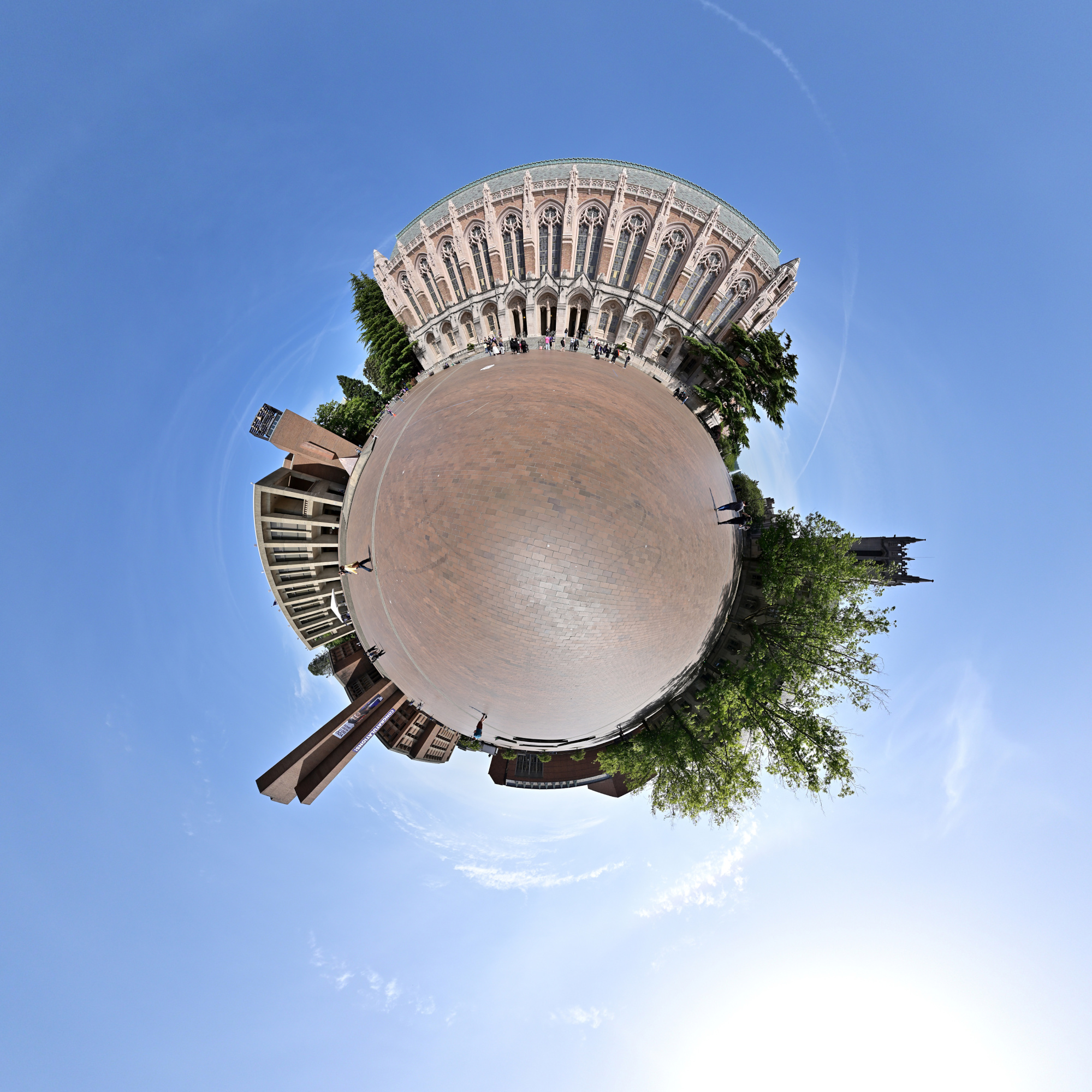
Suzzallo Library
Suzzallo Library stands as one of the University of Washington’s most iconic buildings, with its grand Gothic architecture lending a timeless presence to the campus landscape.
Suzzallo Library Reading Room
Interactive Panorama Suzzallo Library 1

1/125 f/5,6 ISO 320/26° f=7,5mm
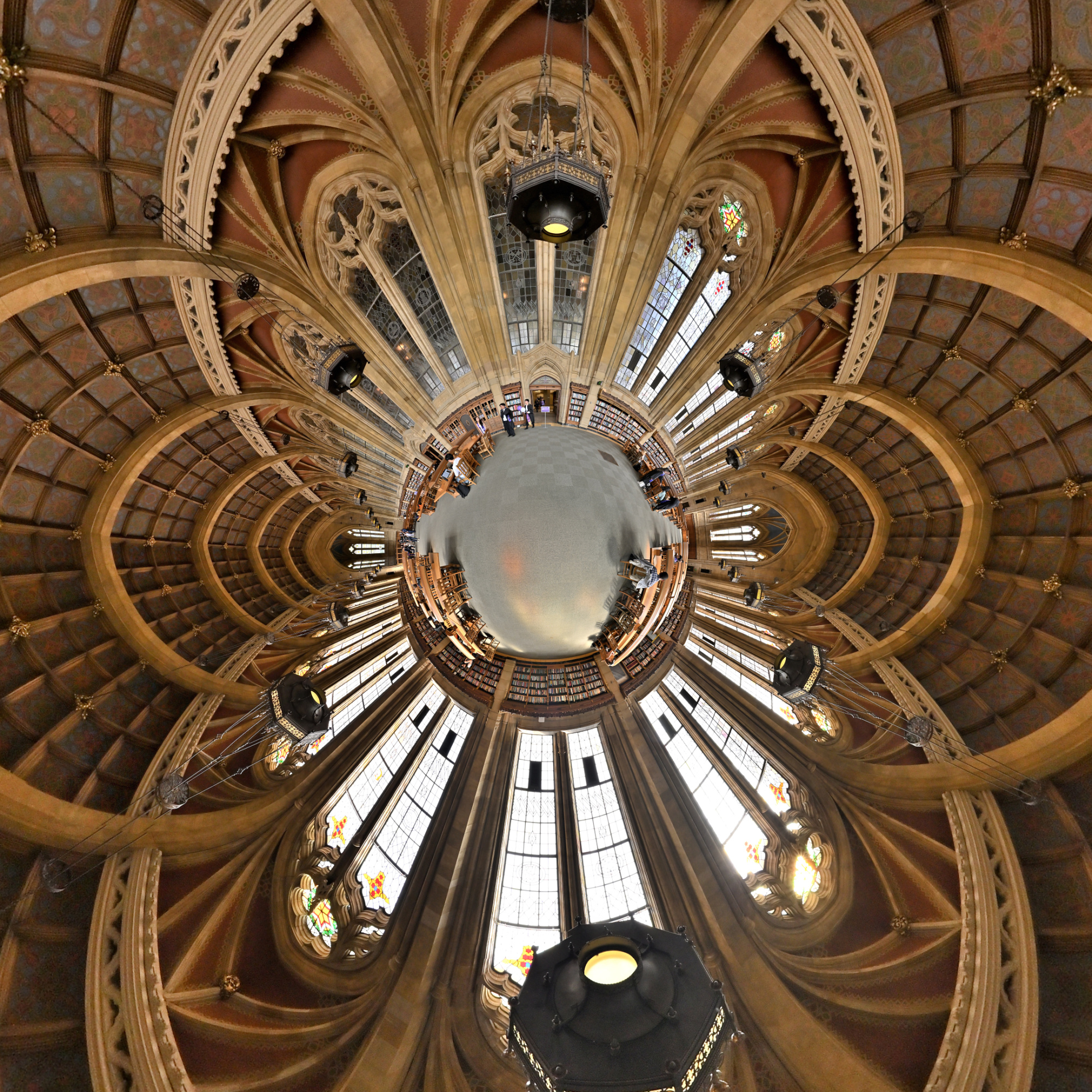
Interactive Panorama Suzzallo Library 2
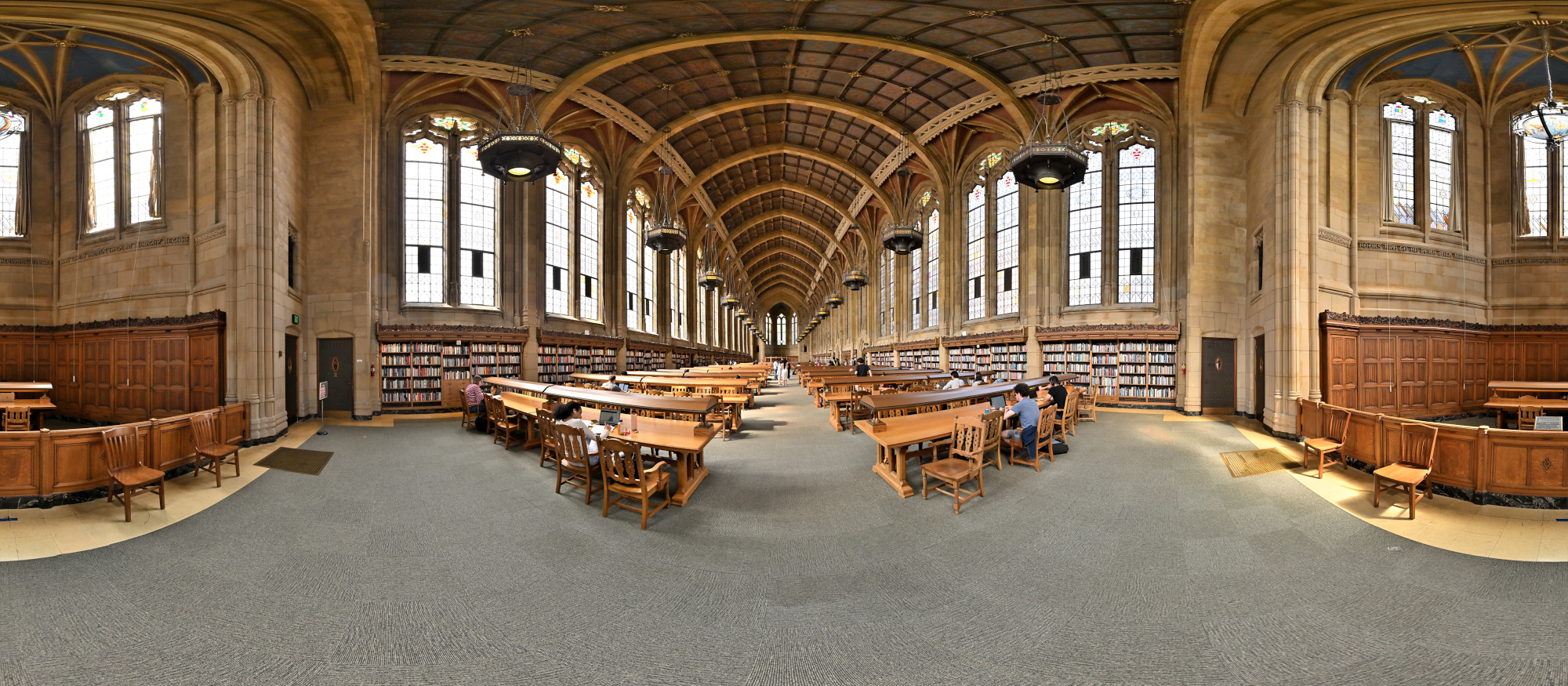
1/125 f/5,6 ISO 320/26° f=7,5mm
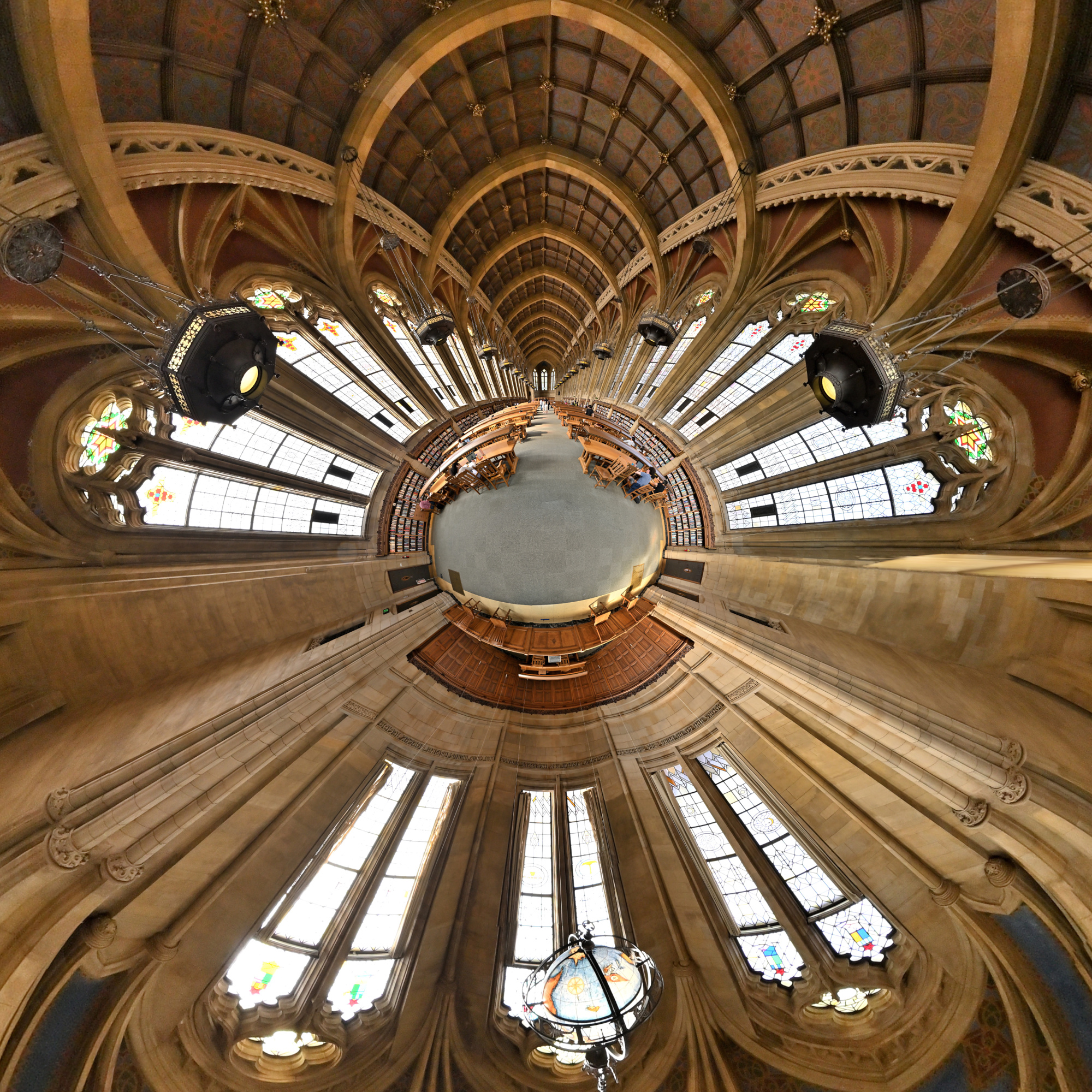
Interactive Panorama Suzzallo Library 3
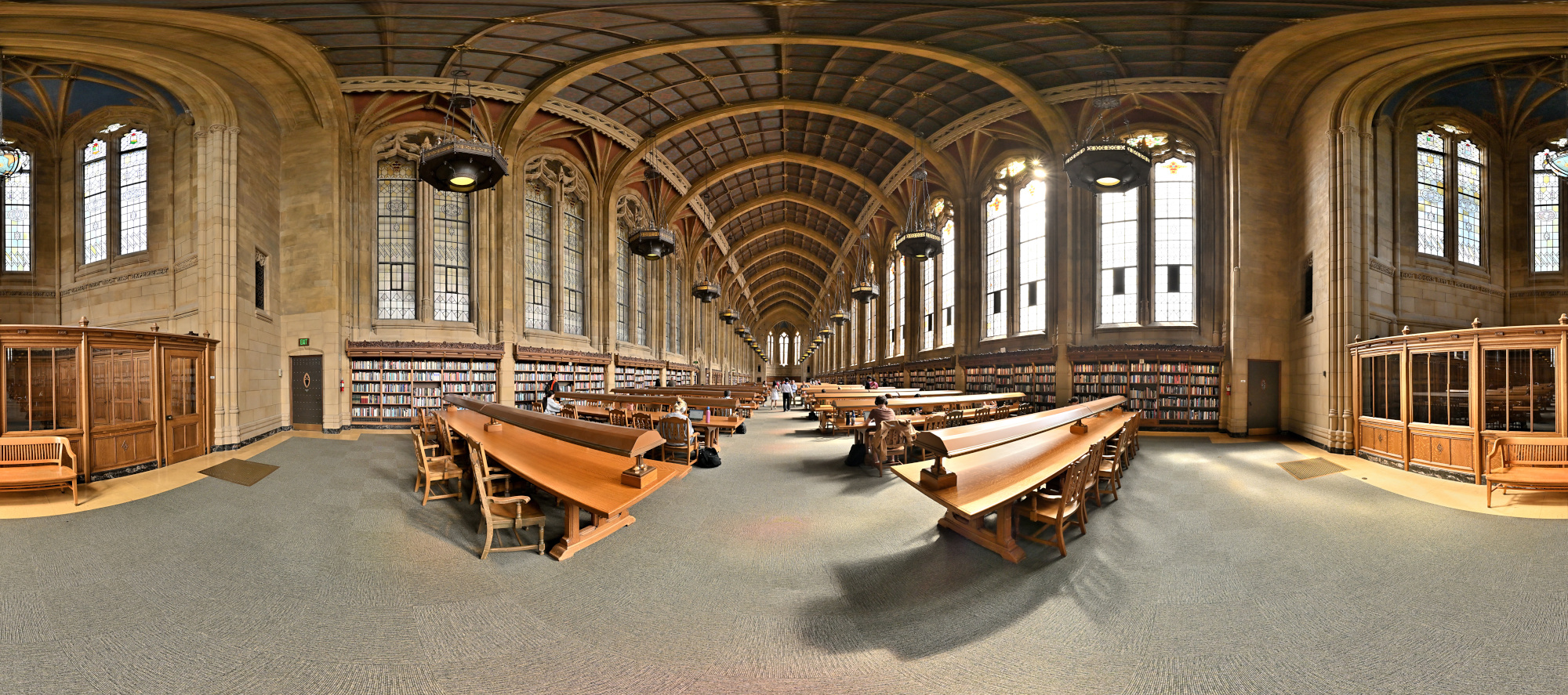
1/125 f/5,6 ISO 320/26° f=7,5mm
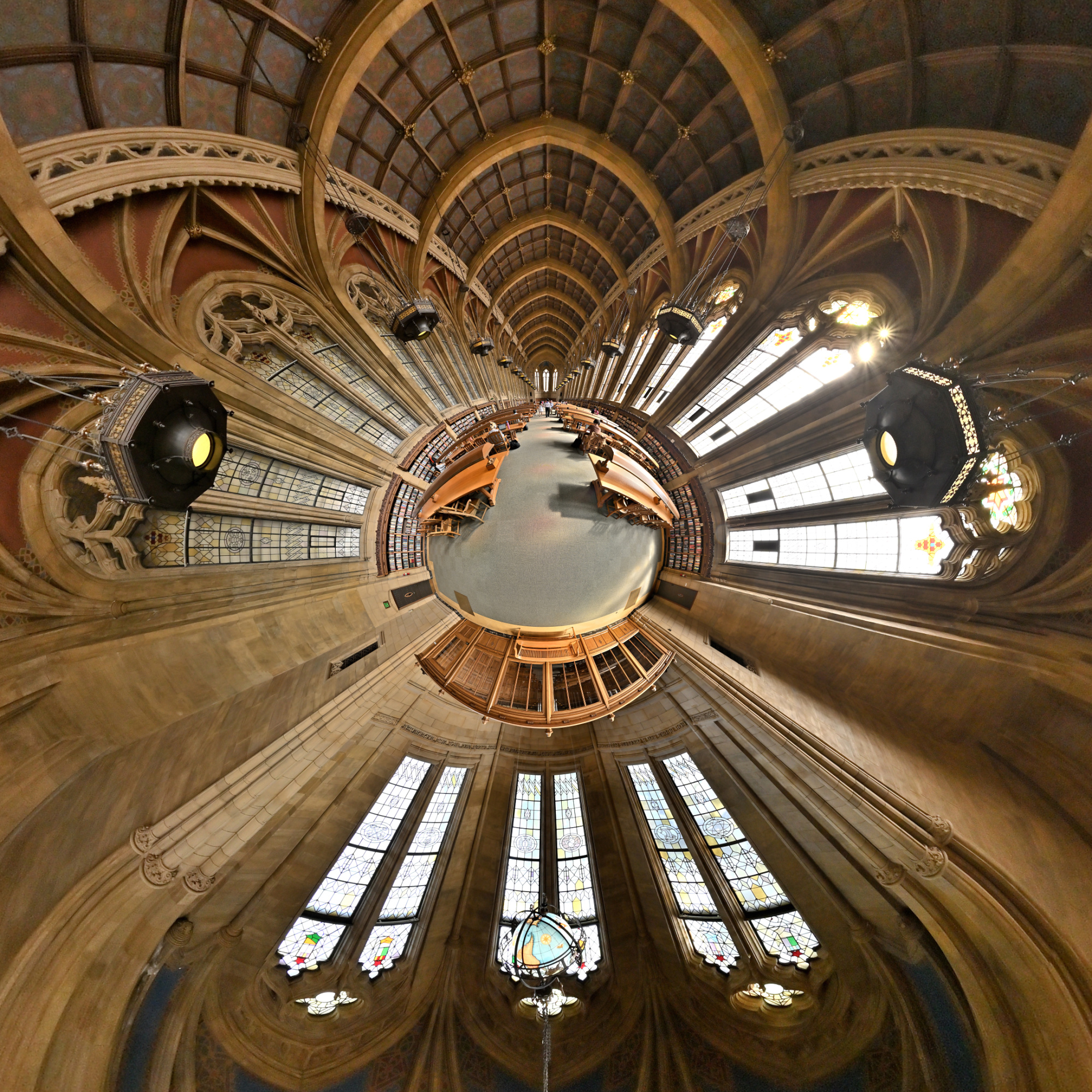
Suzzallo Library Treppenaufgang 1x3
1/125s f/5,6 ISO 1320/26° f=7,5mm
Circular Fisheye projection

Equirectangular projection

3 + up + down
View from Red Square
1/1000s f/5,6 ISO 100/21° f=7,5mm
Equirectangular projection
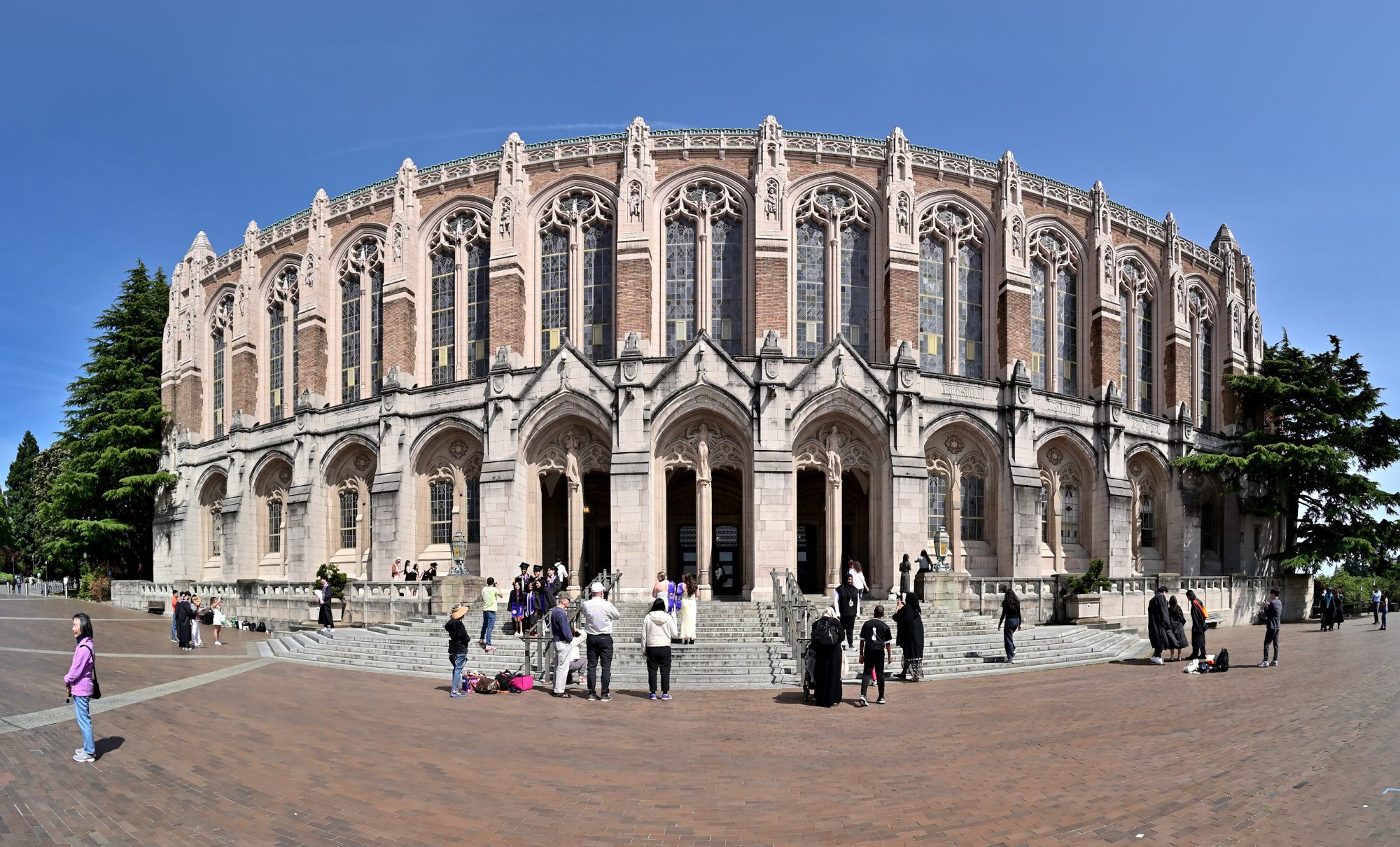
Rectilinear projection
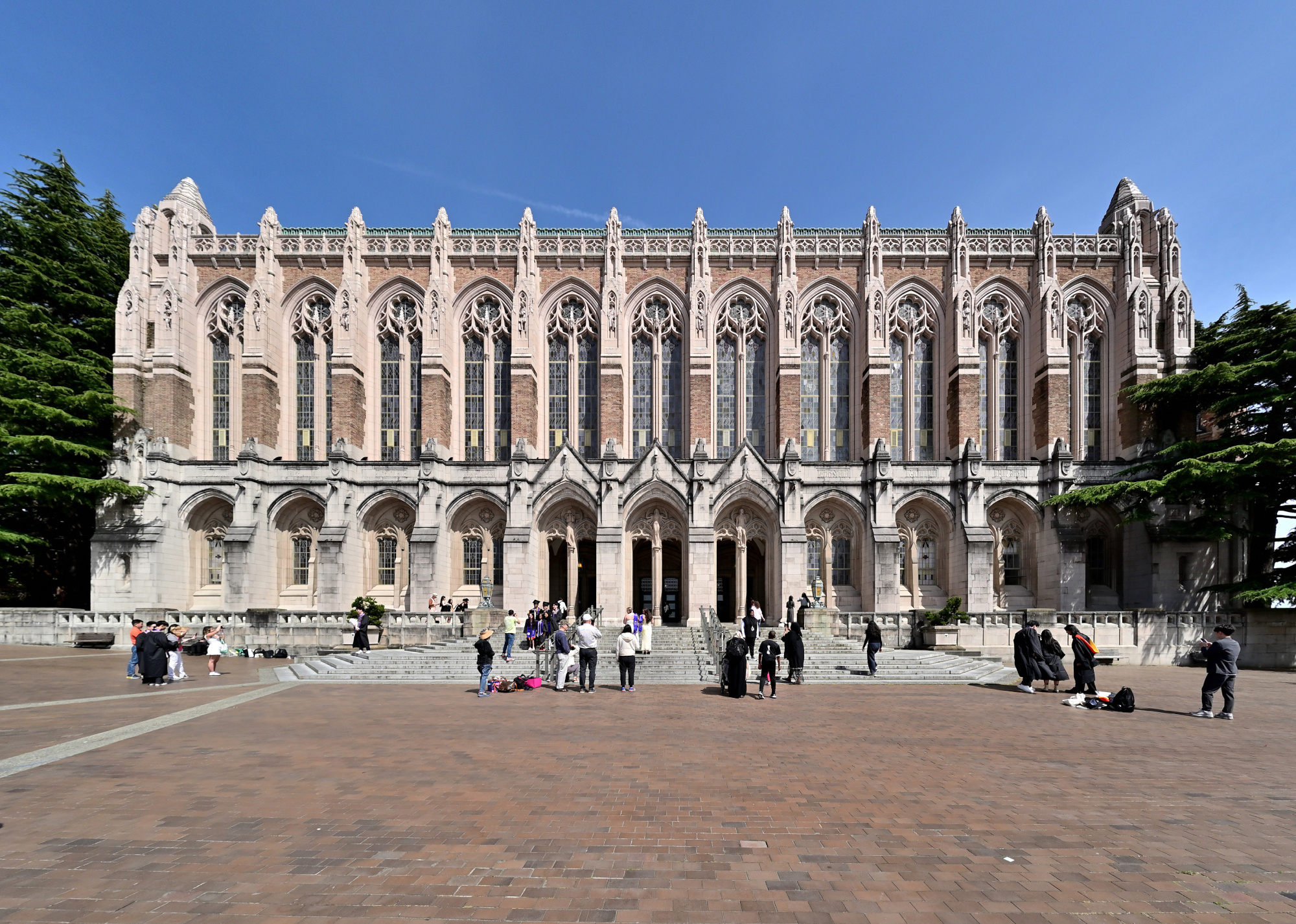
Statue of George Washington
The Statue of George Washington stands at the west end of Red Square, a longstanding symbol of the university’s heritage and a familiar landmark for students and visitors alike.
Interactive Panorama Statue of George Washington
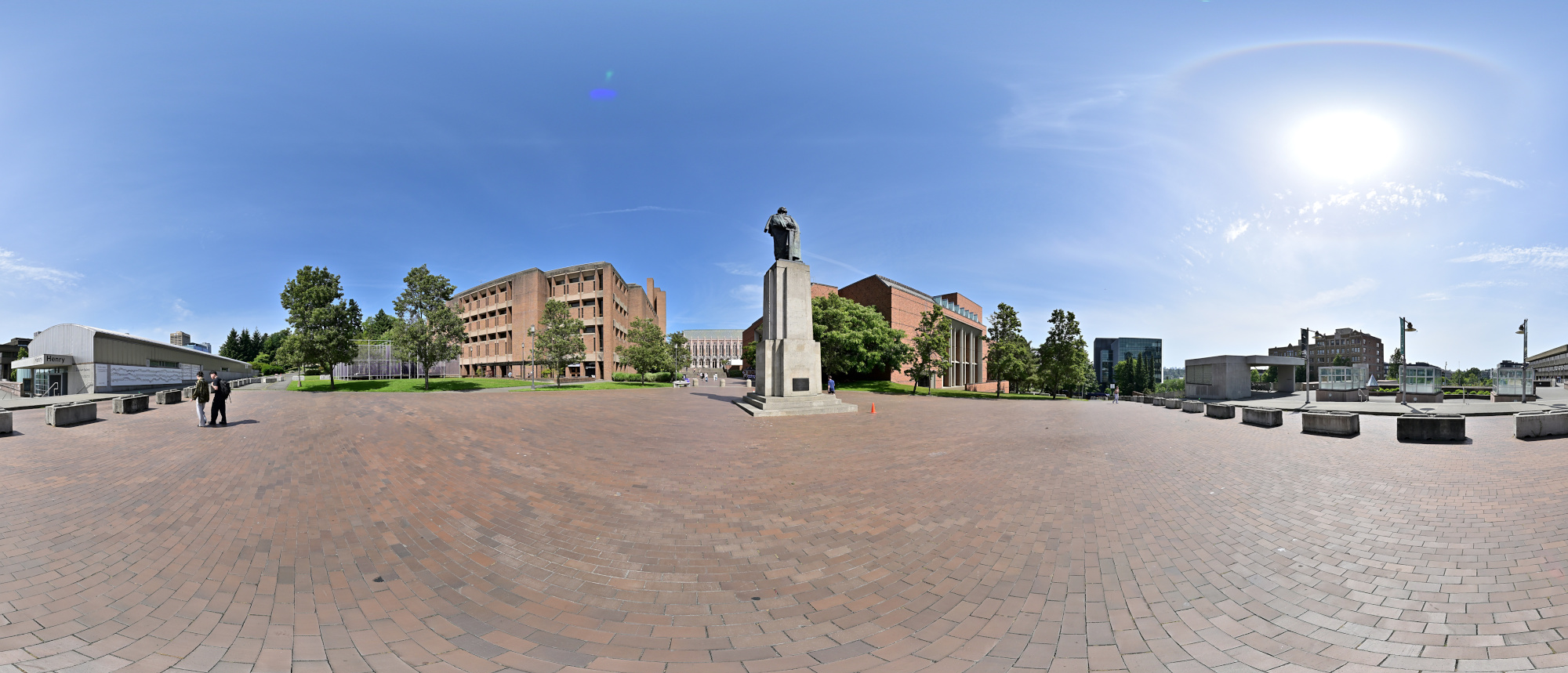
1/1000s f/5,6 ISO 100/21° f=7,5mm
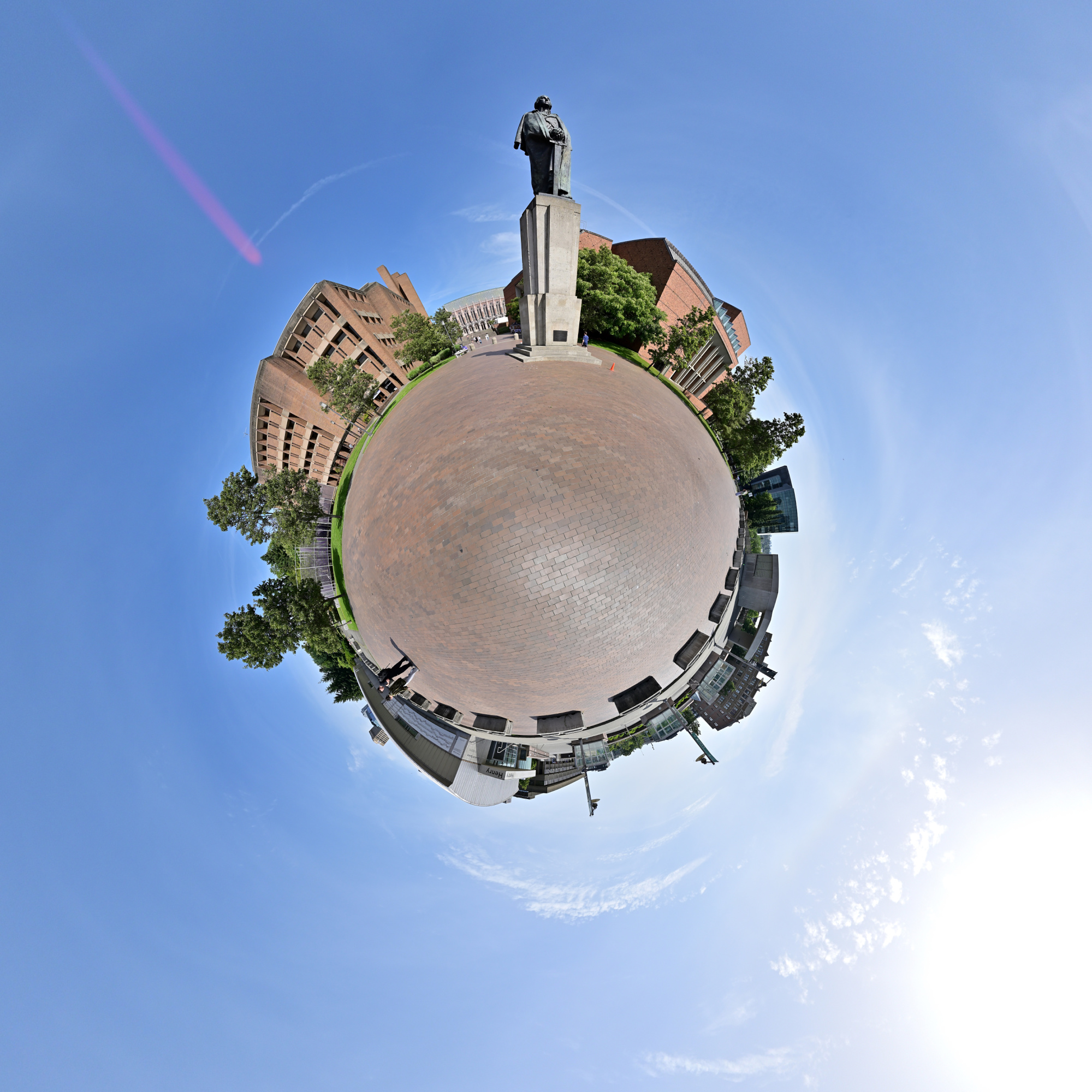
Bridge to Henry Art Gallery
The Suzzallo Library and the Statue of George Washington are partially visible in the background, adding a subtle sense of place and history to the scene.
Interactive Panorama Bridge to Henry Art Gallery
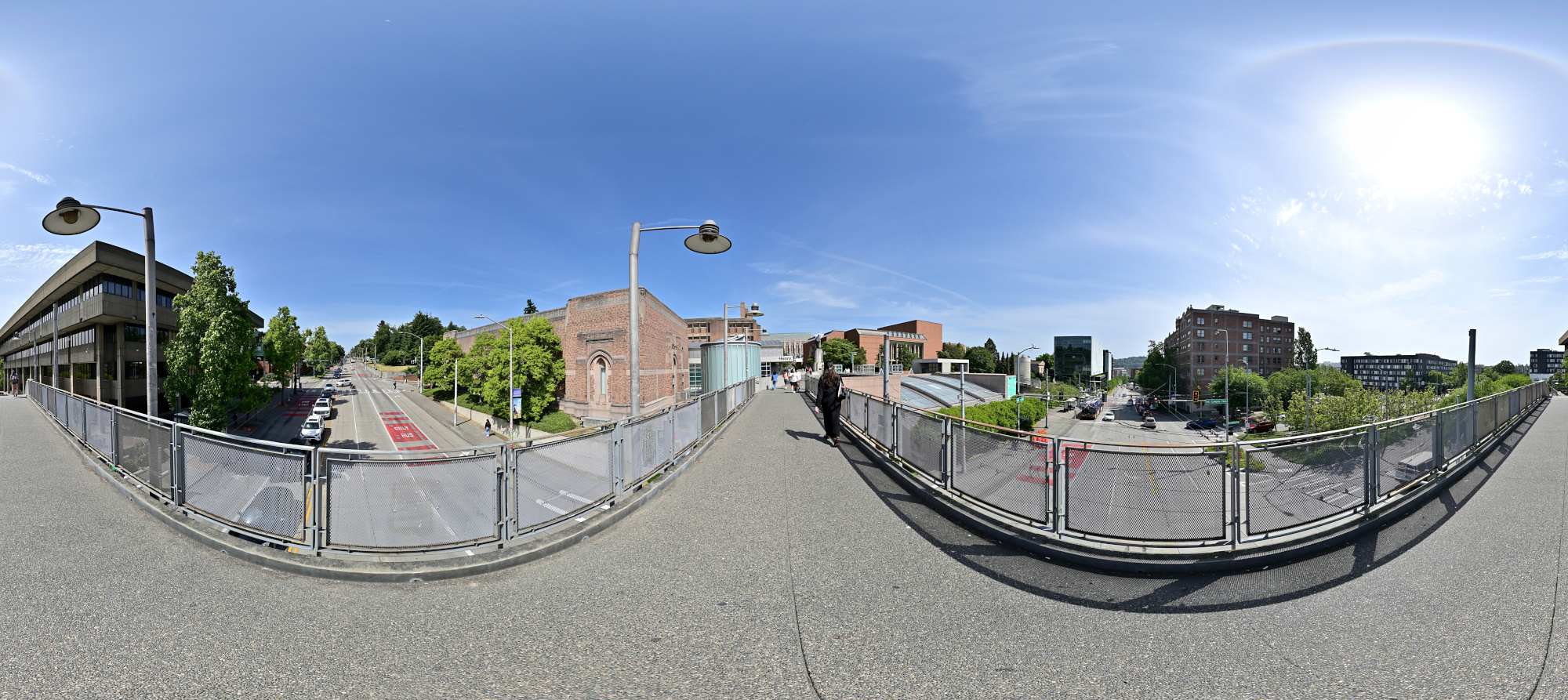
1/1000s f/5,6 ISO 100/21° f=7,5mm
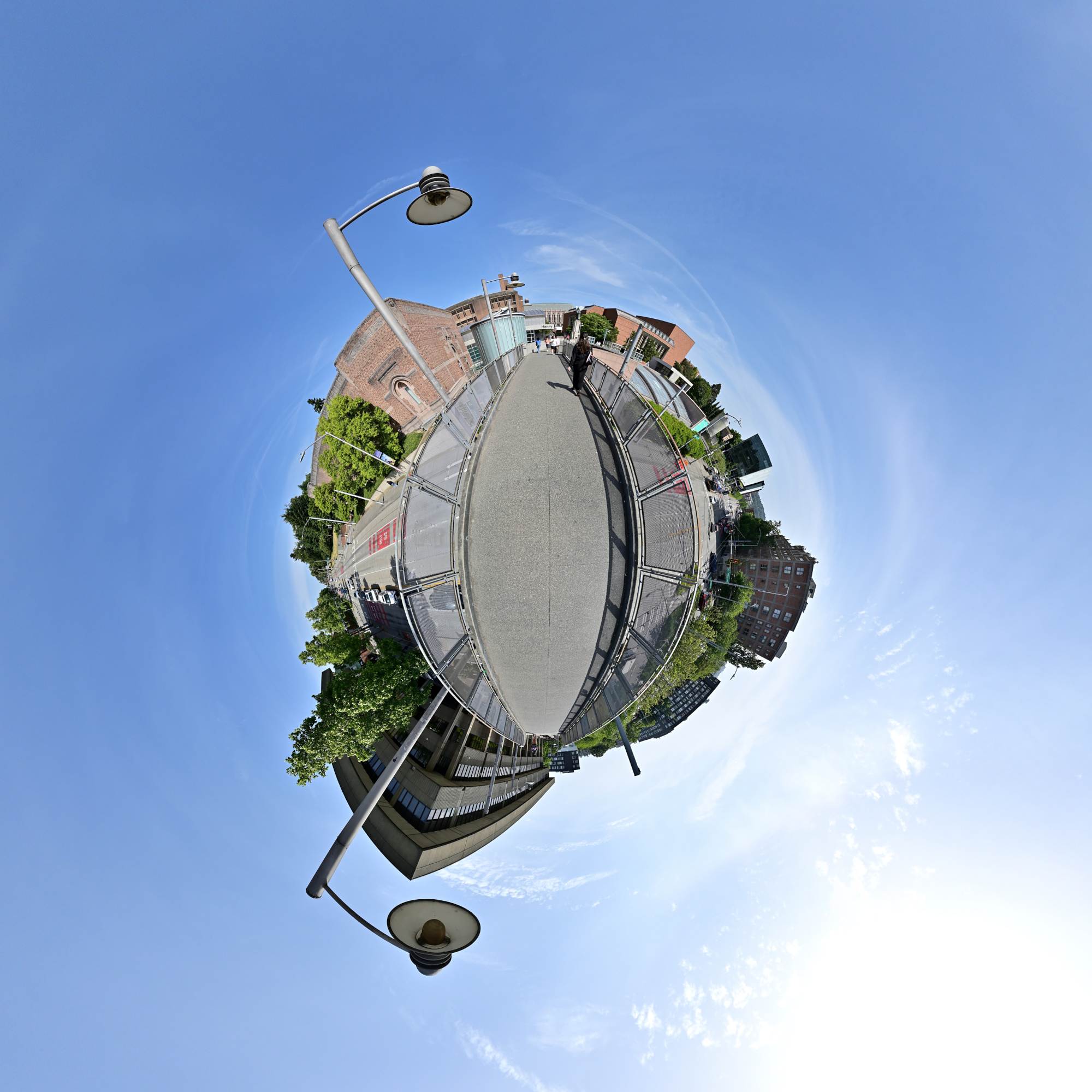
The Quad
The Quad is a beloved green space on campus, especially known for its breathtaking cherry blossoms each spring and its peaceful, tree-lined walkways year-round.
Interactive Panorama The Quad 1
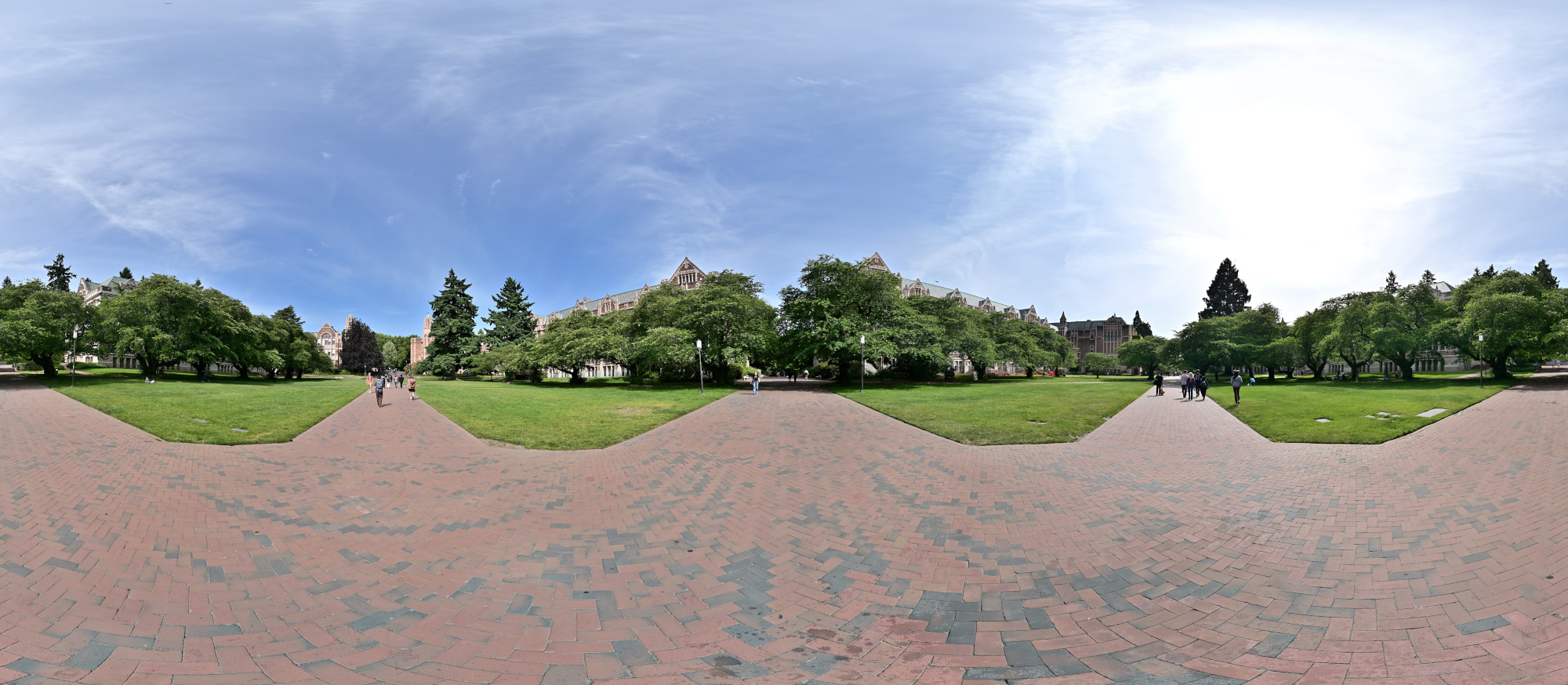
1/1000s f/5,6 ISO 100/21° f=7,5mm
It’s probably called The Quad because it was easier than explaining That Big Square Where Everyone Takes Cherry Blossom Pics. Besides, calling it The Quadrangle sounds like a spell Hermione would cast right before finals.

Interactive Panorama The Quad 2

1/1000s f/5,6 ISO 100/21° f=7,5mm
Airplane spotted cruising at tree level. Must be a scenic route.

Smith Hall and Miller Hall
Smith Hall and Miller Hall stand side by side along the edge of the Quad, their classic collegiate architecture framing the space with a sense of tradition and academic purpose.
Interactive Panorama Smith Hall and Miller Hall
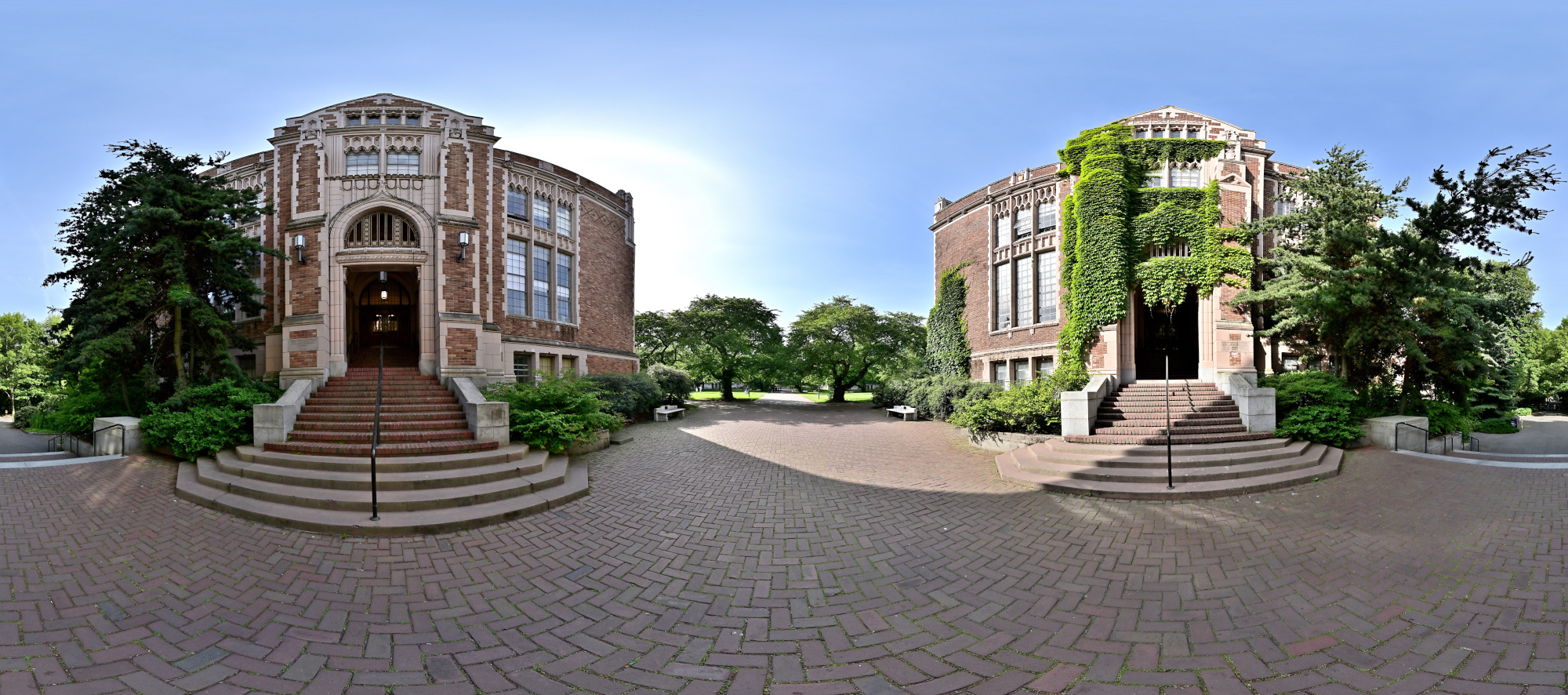
1/1000s f/5,6 ISO 100/21° f=7,5mm
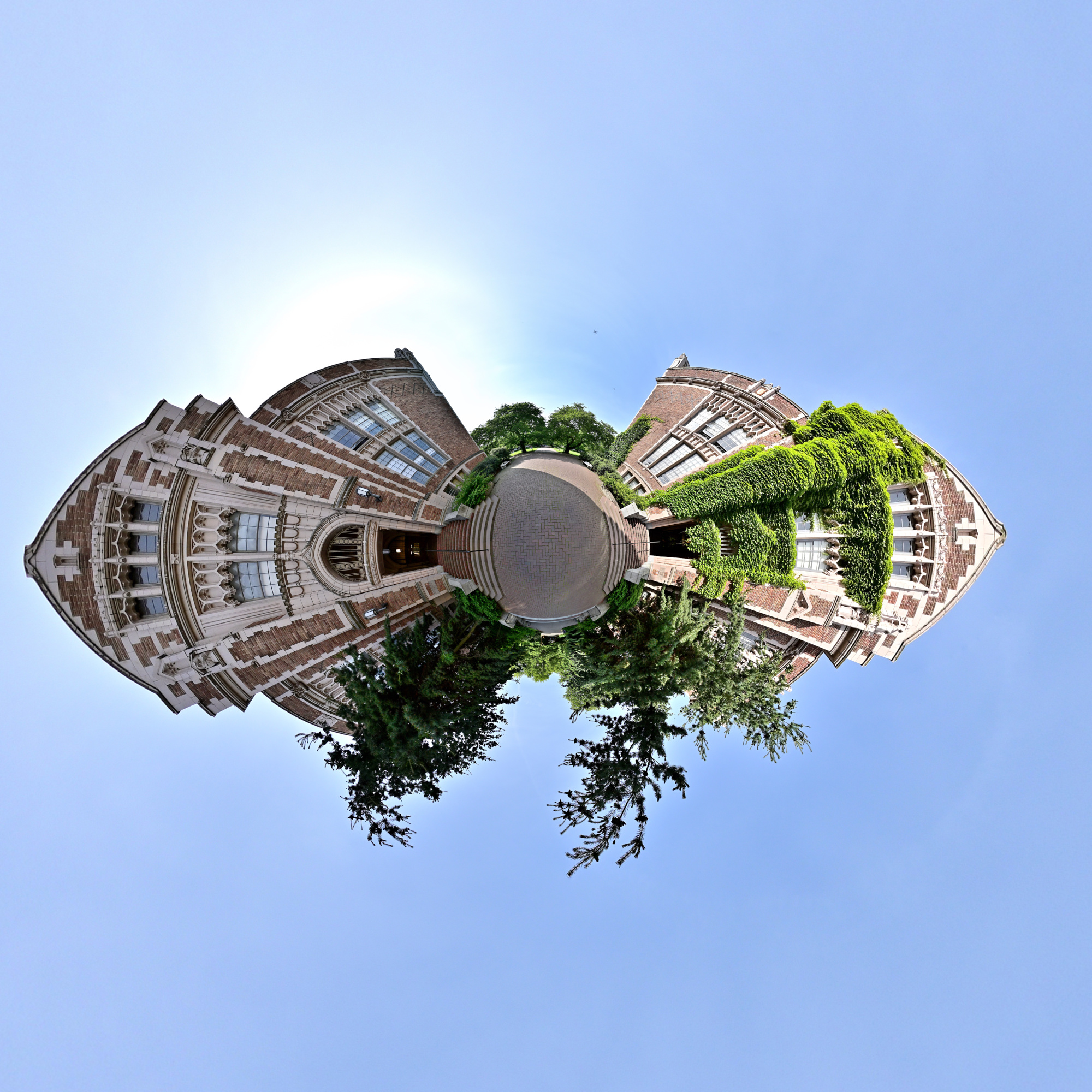
Denny Hall
Denny Hall, the oldest building on campus, stands with timeless elegance, its Romanesque architecture marking the historic beginnings of the University of Washington.
Interactive Panorama Denny Hall
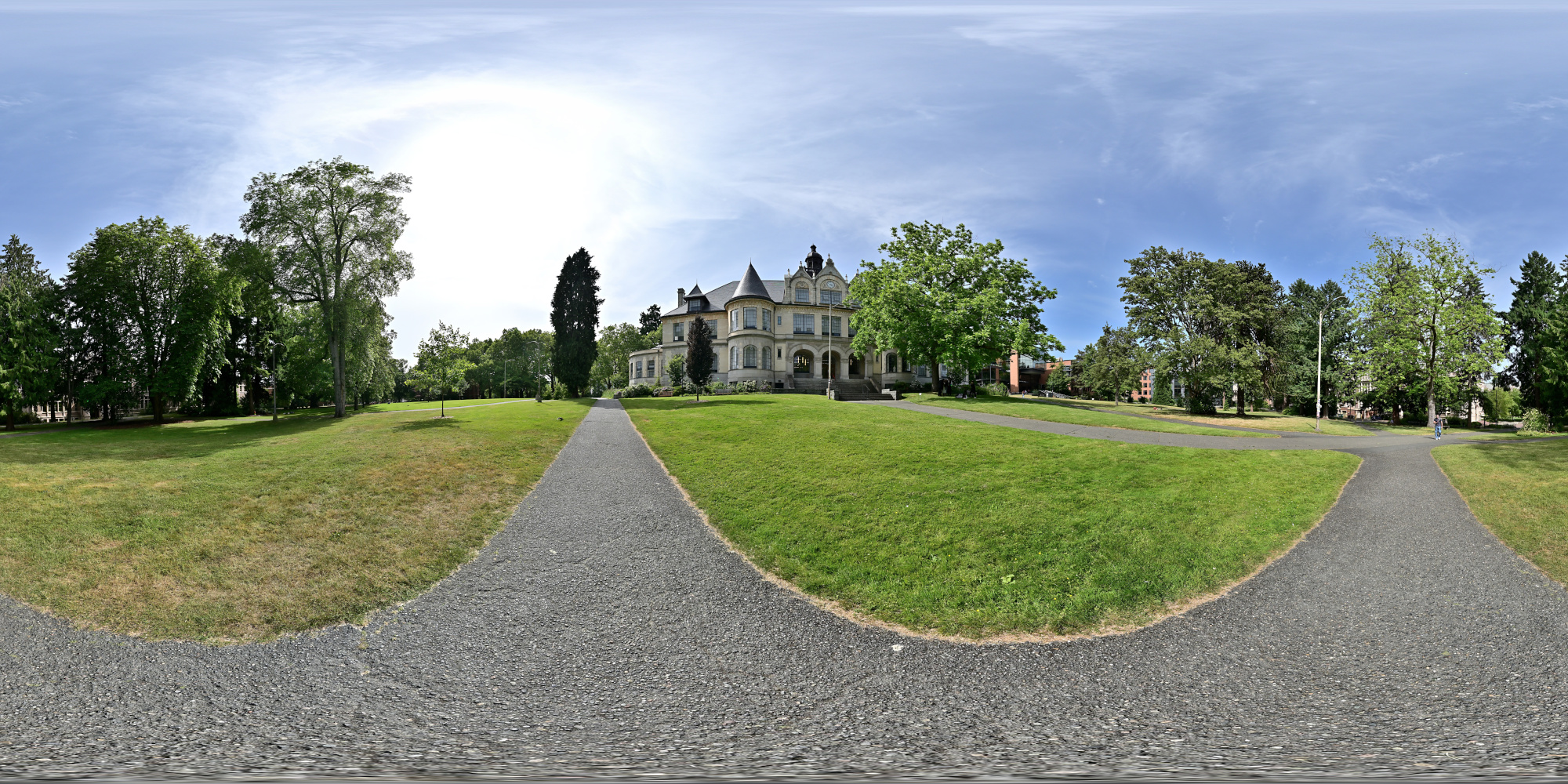
1/1000s f/5,6 ISO 100/21° f=7,5mm
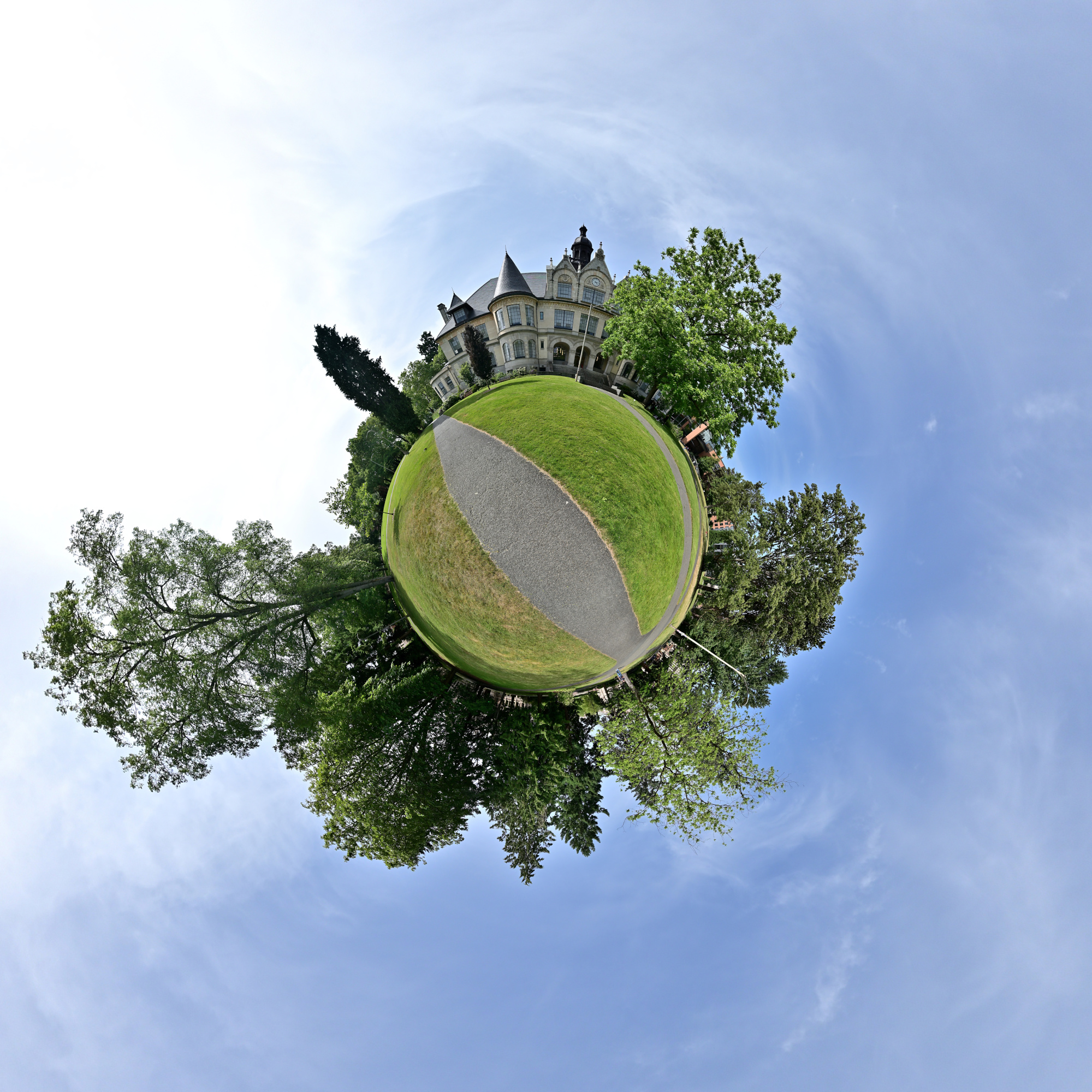
Rectilinear projection from the panorama

School of Art and School of Music
The School of Art and the School of Music sit near the edge of campus, where creativity and performance shape a vibrant cultural presence within the university’s academic landscape.
Interactive Panorama School of Art and School of Music
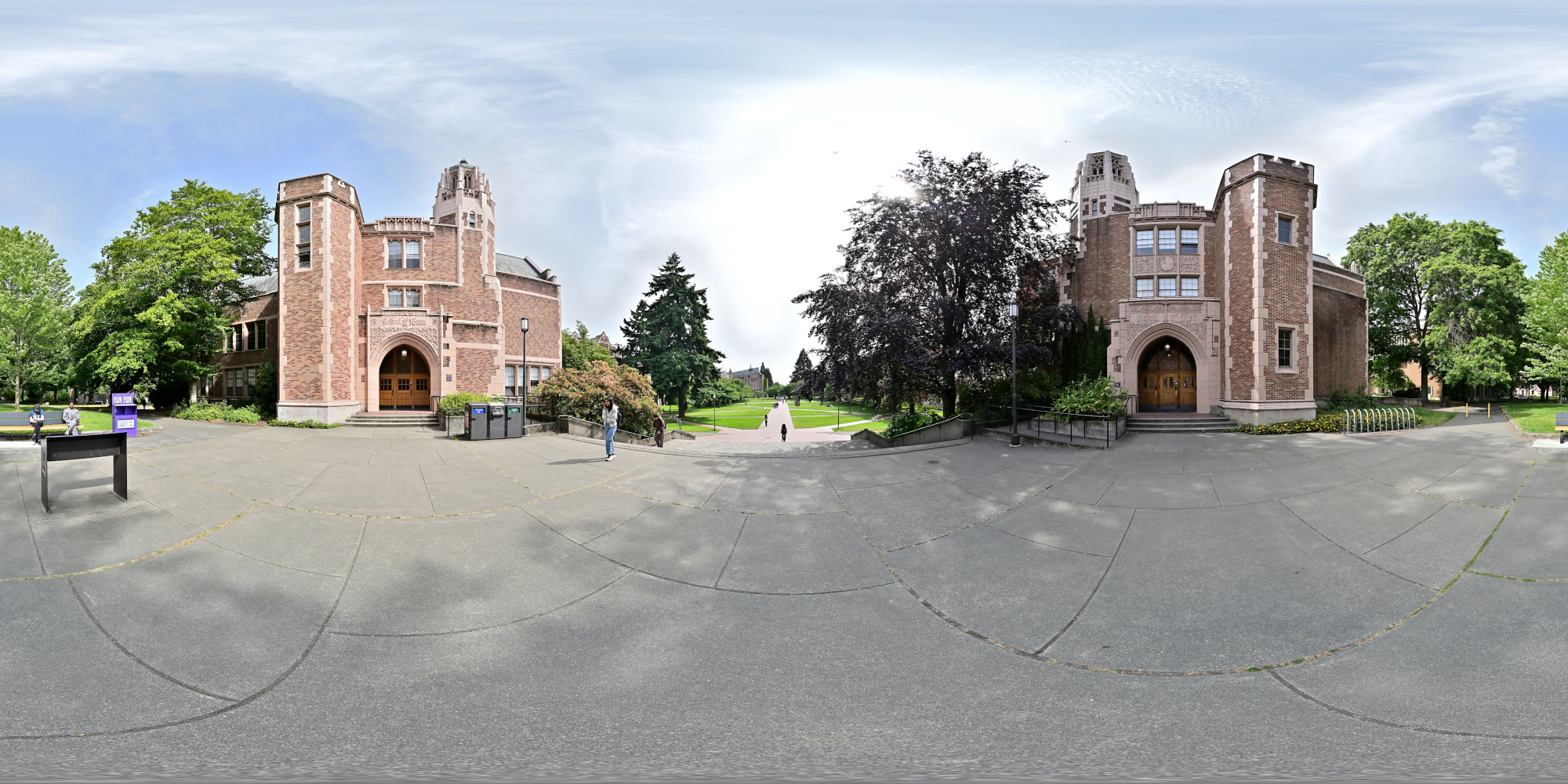
1/800s f/5,6 ISO 100/21° f=7,5mm

Avoiding Stitching Artifacts with Masking
In panoramic imaging, particularly in architectural or urban settings, a common source of stitching artifacts occurs when prominent structures such as building façades are captured in separate frames rather than as a whole within a single exposure. This segmented capture approach increases the risk of misalignment during the stitching process, often resulting in visible seam lines that disrupt the continuity and geometry of key architectural features.
In this panorama, the two building façades are each captured in separate frames but have been (green) masked to ensure that no seam line intersects the primary architectural elements, preserving structural integrity in the final composite.

School of Art
The School of Art combines creativity and academic depth, giving students a place to study classic forms like drawing, painting, and sculpture.
Interactive Panorama School of Art

1/200s f/5,6 ISO 250/25° f=7,5mm
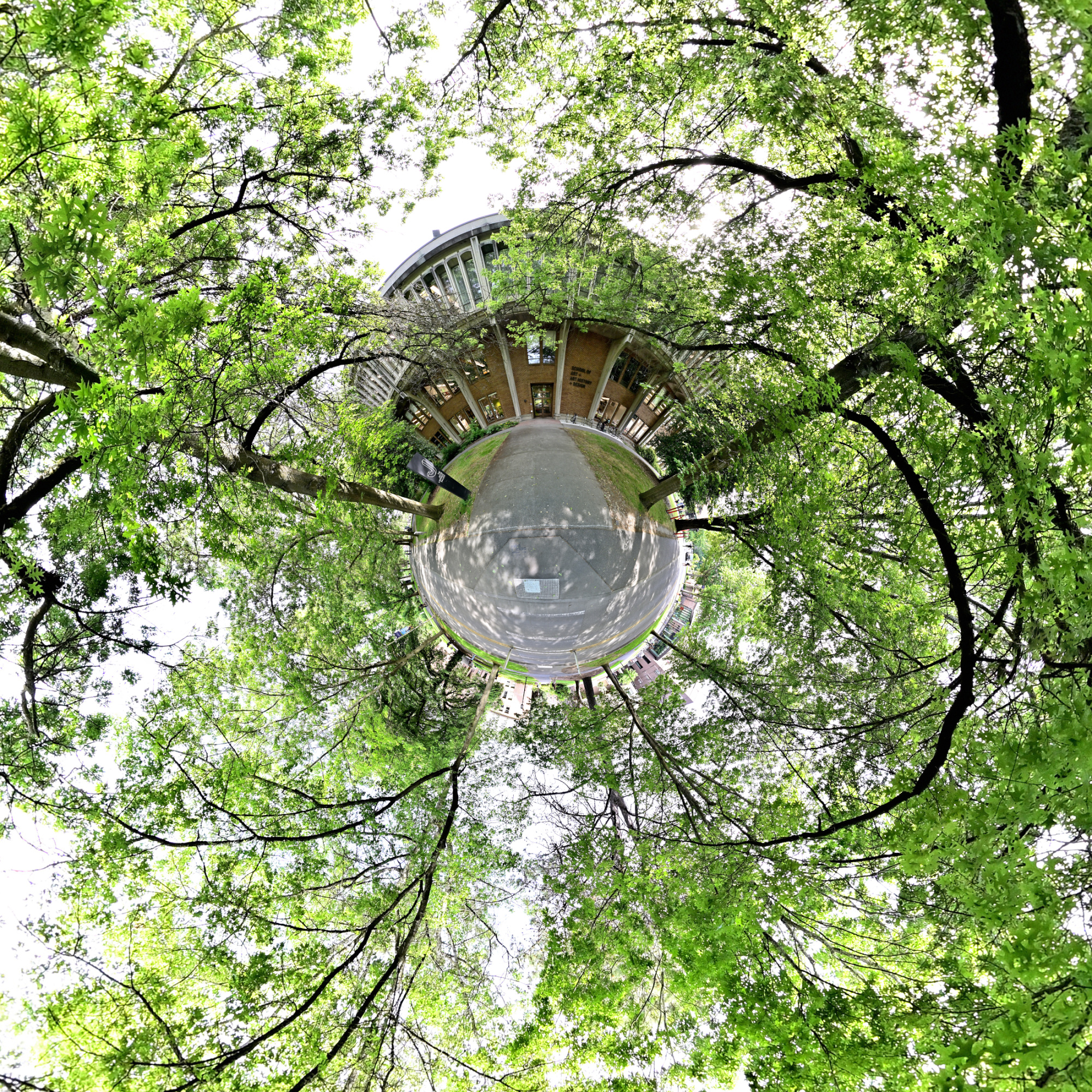
Communications Building
The Communications Building houses the university’s journalism and communication programs, offering students a dynamic space to explore media, storytelling, and public discourse.
Interactive Panorama Communications Building
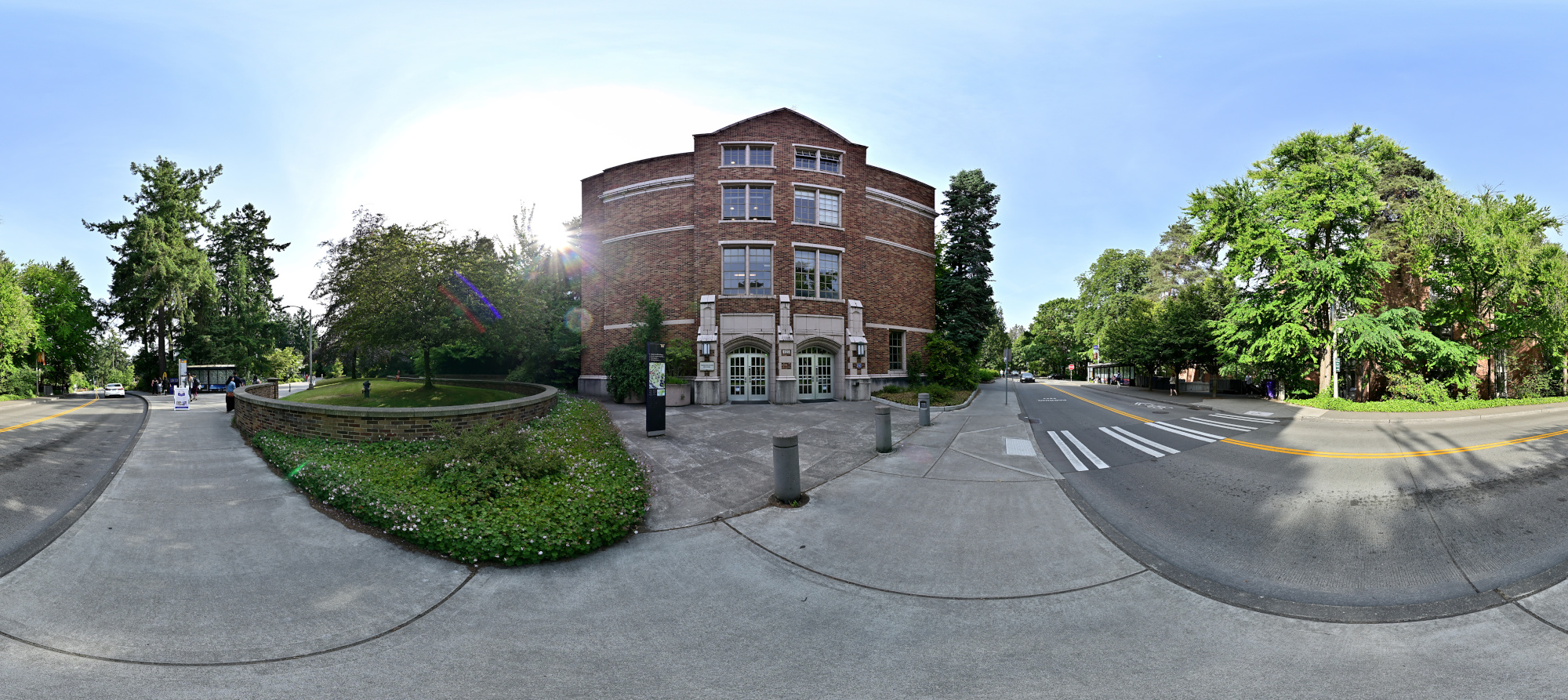
1/160s f/5,6 ISO 100/21° f=7,5mm

Drumheller Fountain
Drumheller Fountain sits at the center of Rainier Vista, offering a stunning reflection of Mount Rainier on clear days and serving as a scenic focal point surrounded by some of the campus’s most iconic buildings.
1/1000s f/5,6 ISO 100/21° f=7,5mm
Equirectangular projection
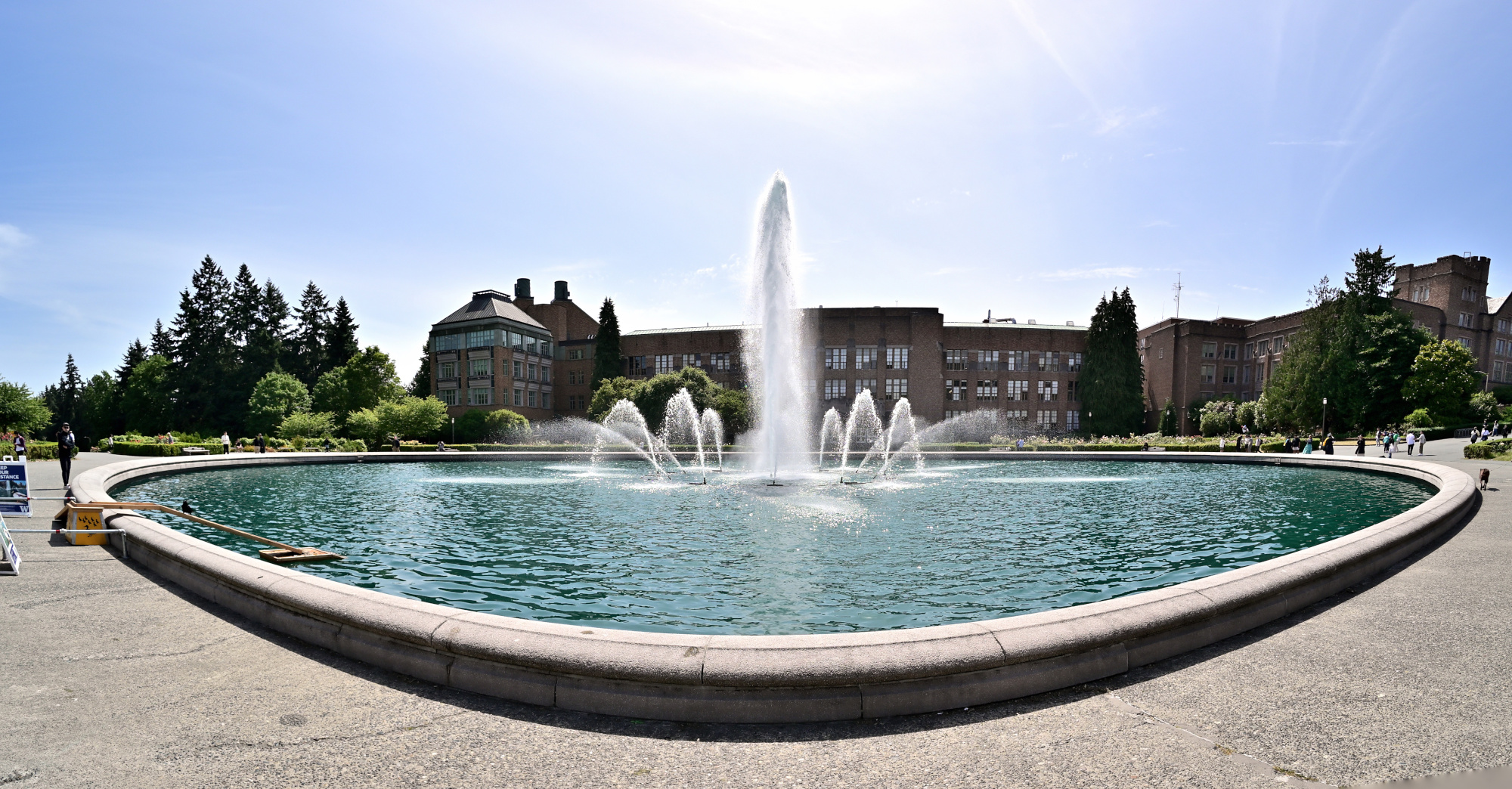
Stereographic projection
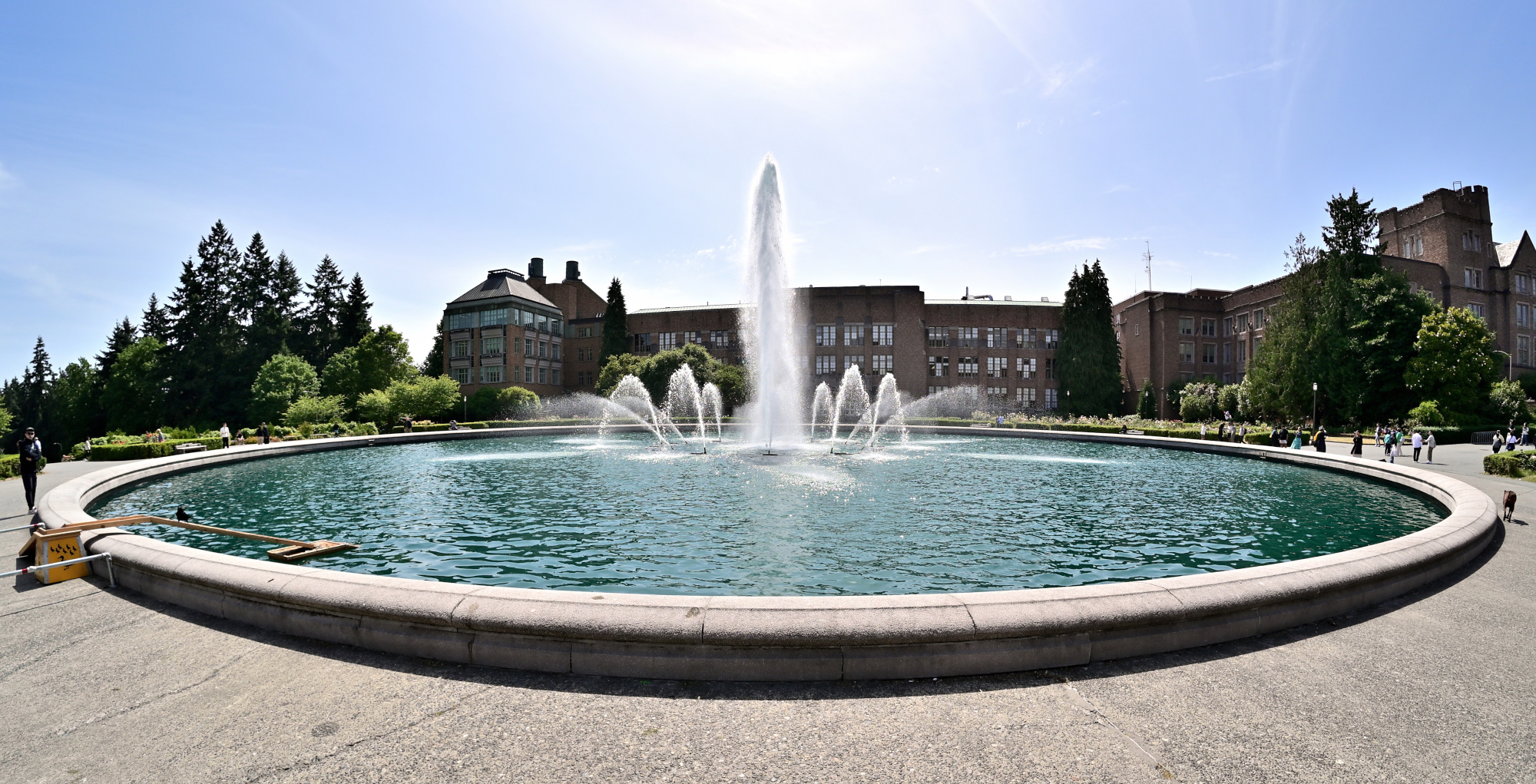
Interactive Panorama Drumheller Fountain 1
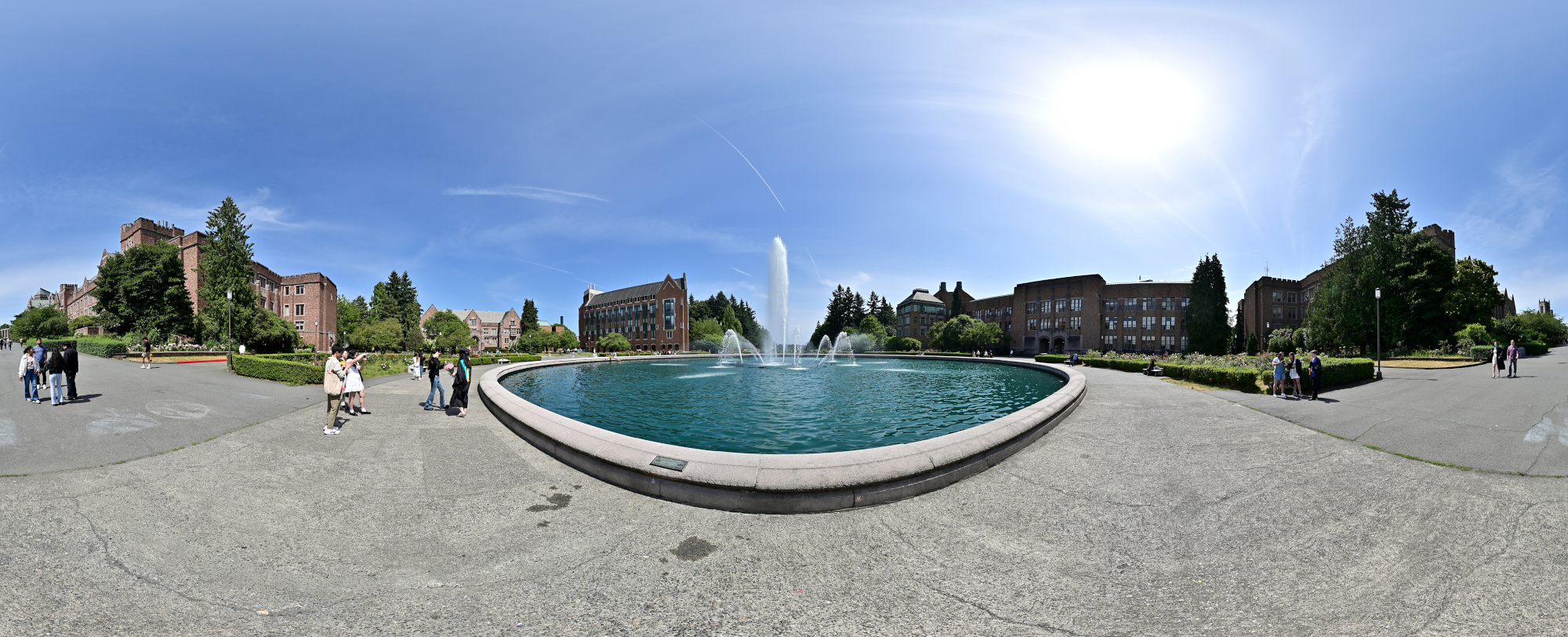
1/1000s f/5,6 ISO 100/21° f=7,5mm
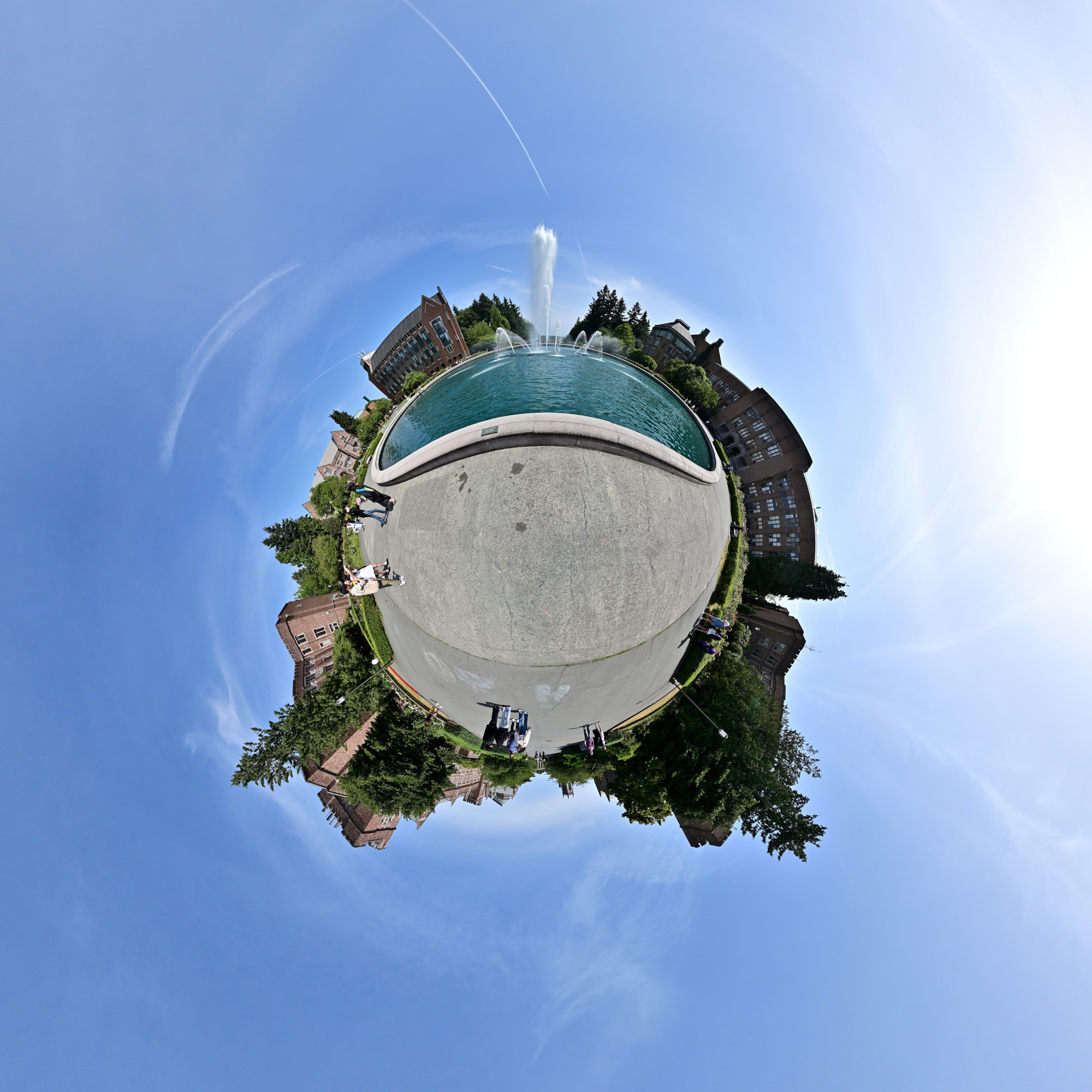
Interactive Panorama Drumheller Fountain 2
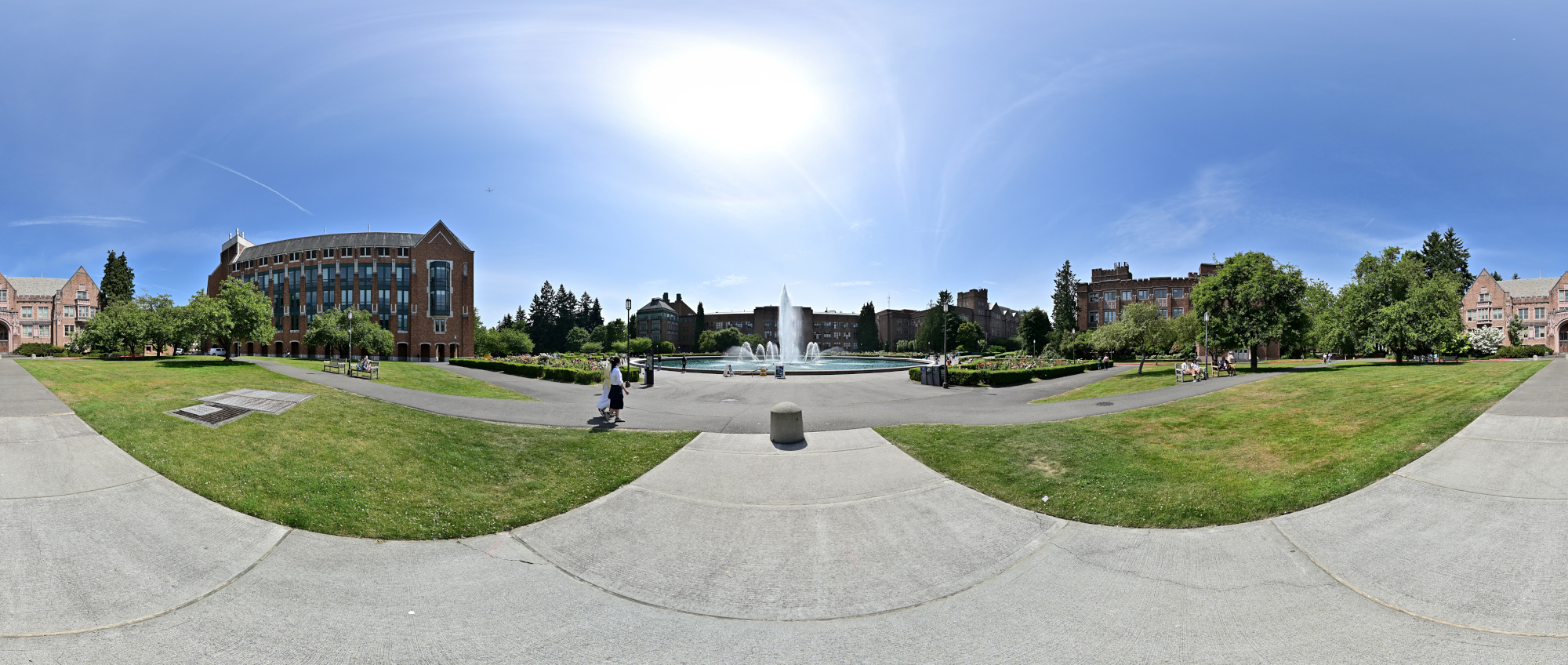
1/1000s f/5,6 ISO 100/21° f=7,5mm
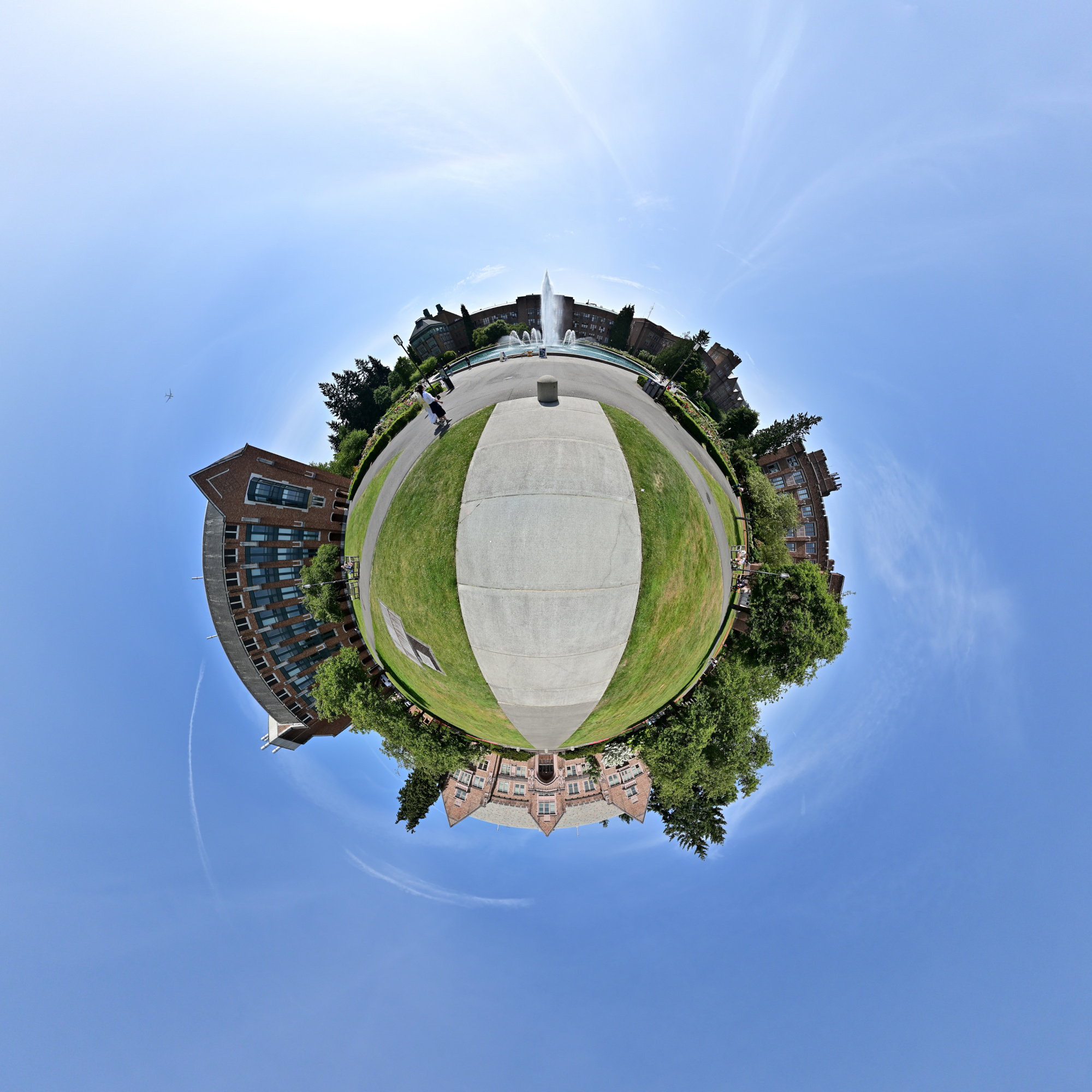
Rainier Vista
Rainier Vista is a grand, tree-lined axis that stretches from Red Square to Drumheller Fountain, offering a sightline to Mount Rainier on clear days and serving as one of the campus’s most iconic visual corridors.
Interactive Panorama Rainier Vista
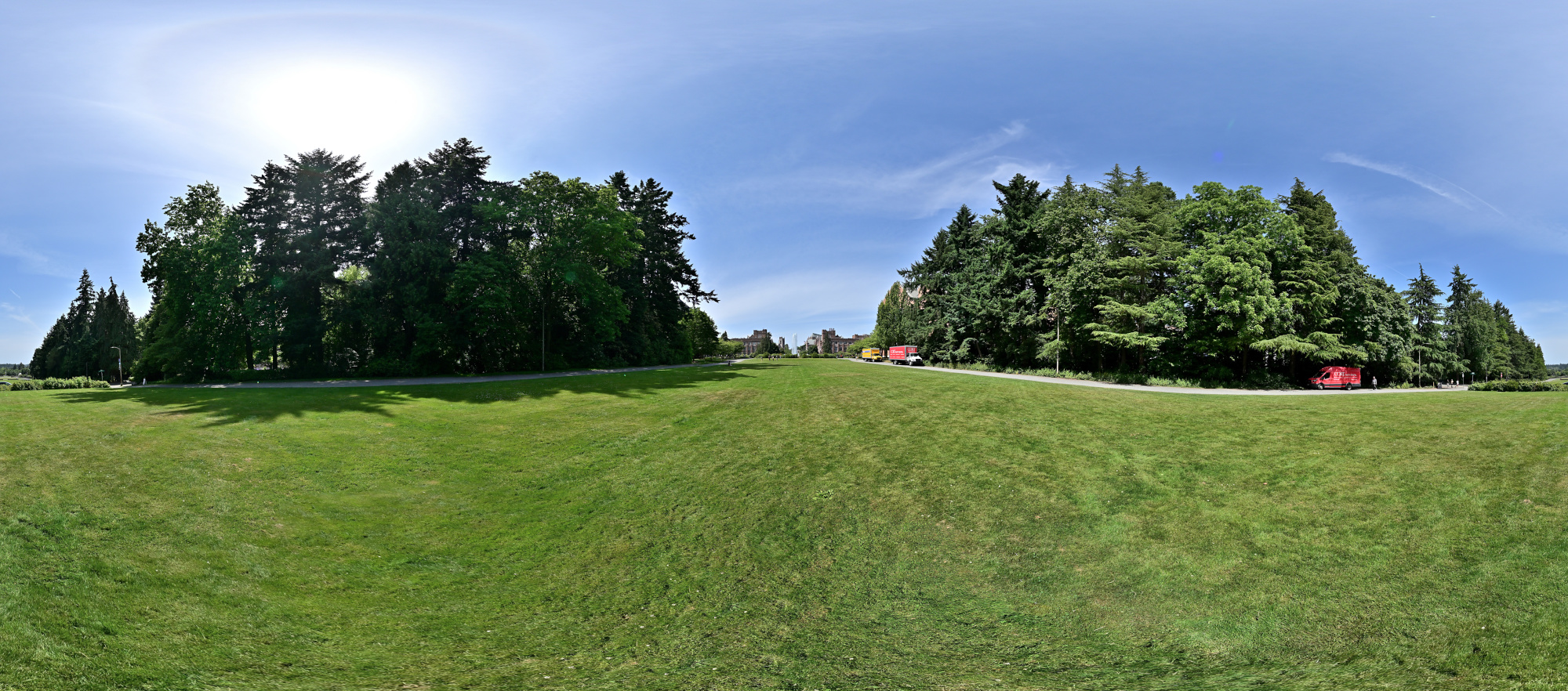
1/1000s f/5,6 ISO 100/21° f=7,5mm
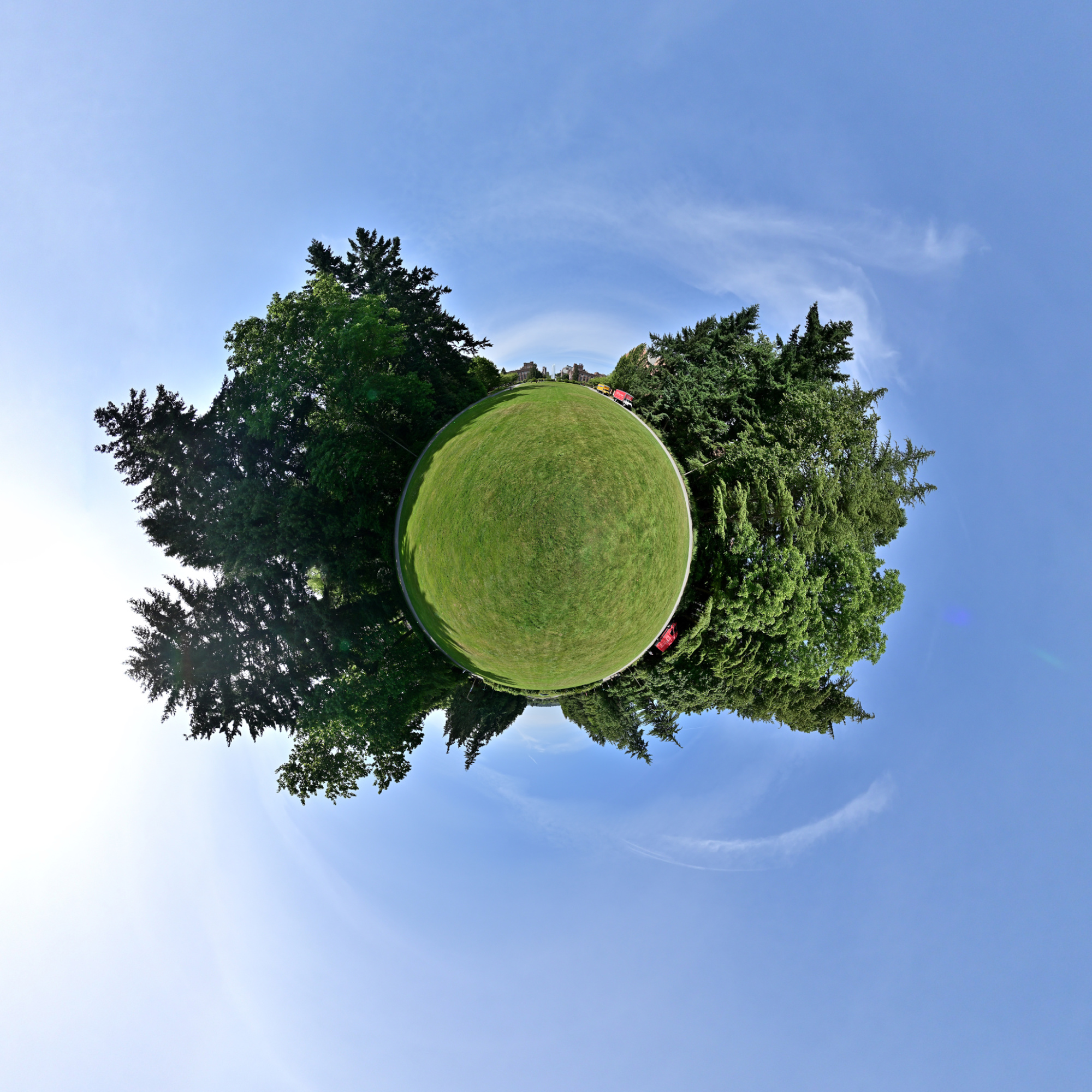
Rainier Vista Northeast Bridge
The Rainier Vista Northeast Bridge spans a key pedestrian route near the end of the vista, offering elevated views of Drumheller Fountain and the surrounding landscape while connecting key parts of the campus with ease and elegance.
Interactive Panorama Rainier Vista Northeast Bridge
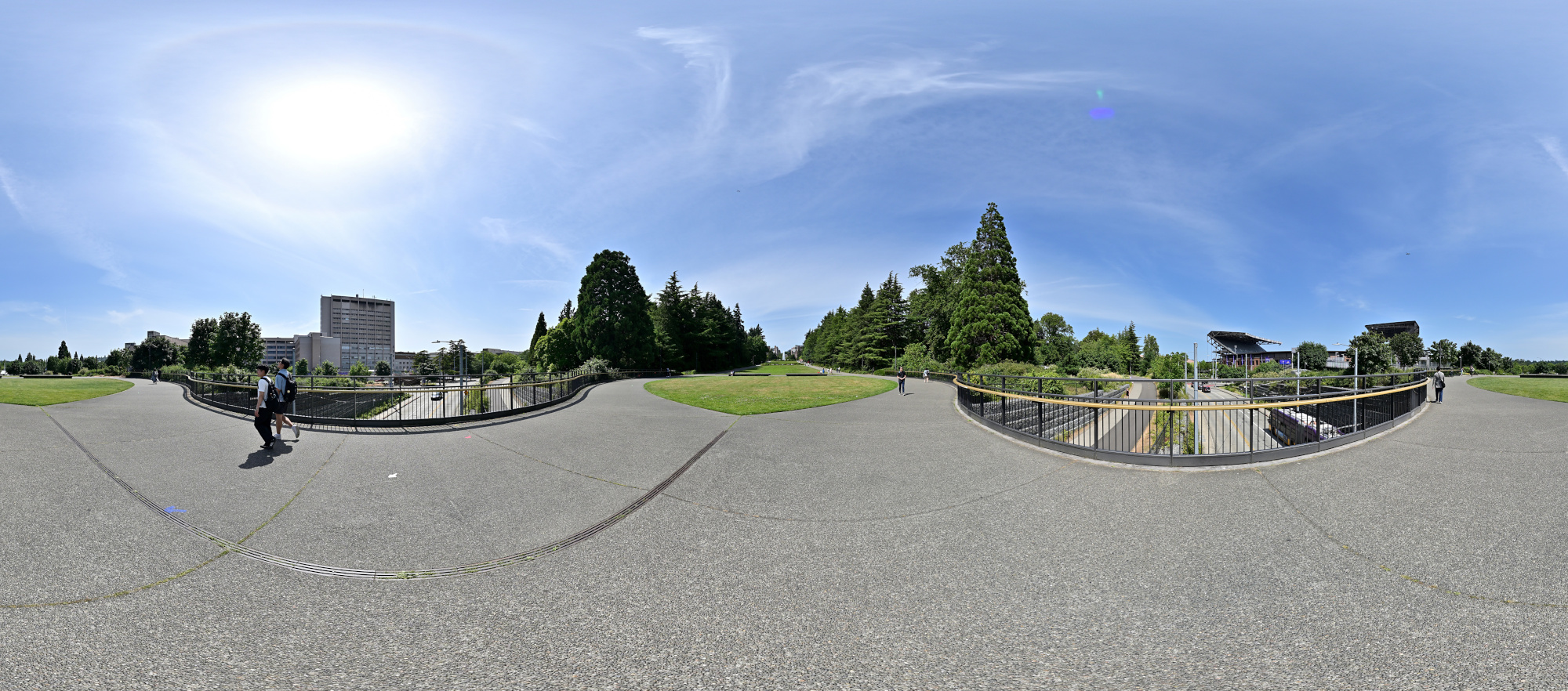
1/1000s f/5,6 ISO 100/21° f=7,5mm
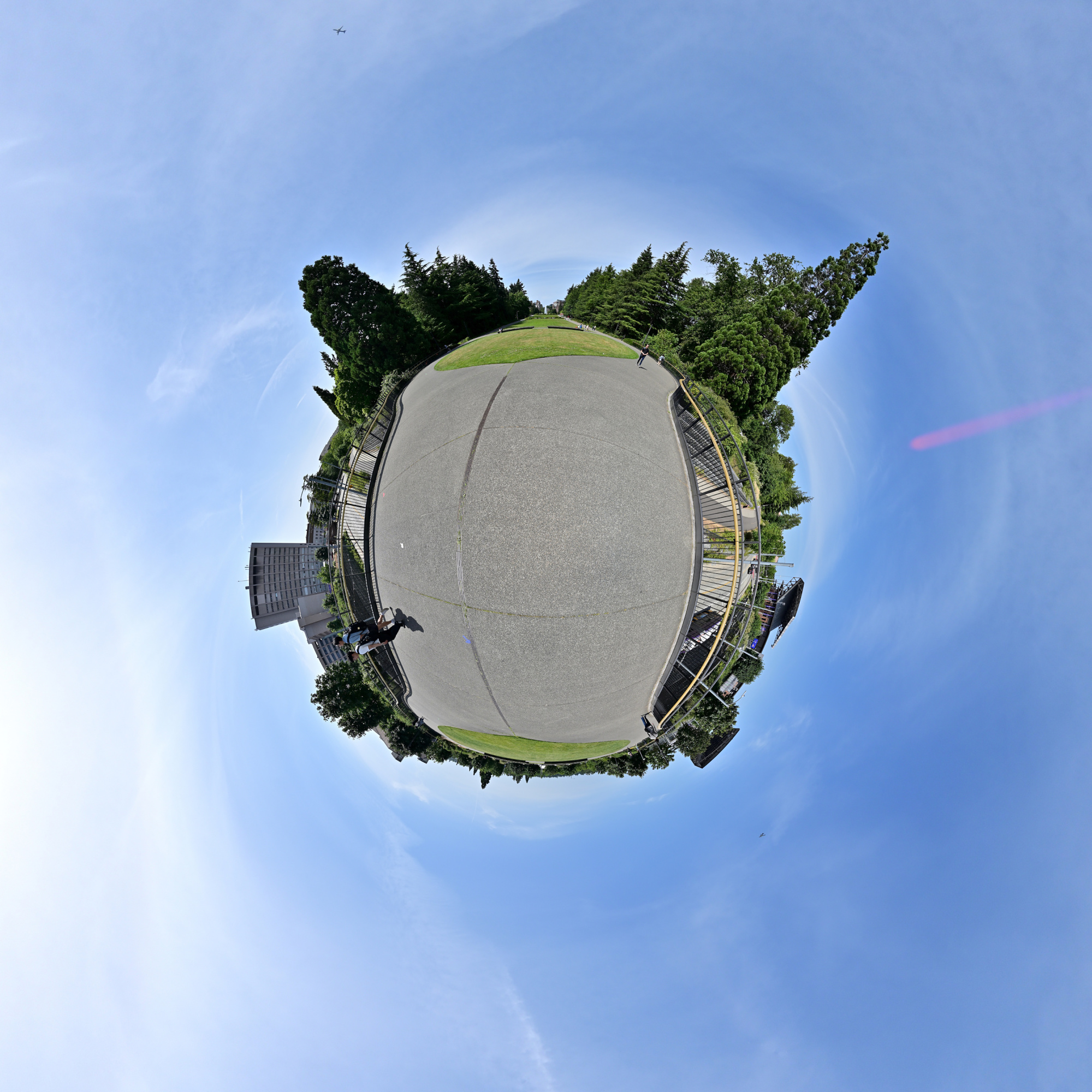
Bridge to Husky Stadium
The bridge to Husky Stadium provides a vital pedestrian link between the main campus and the athletic complex, guiding fans and students alike across Montlake Boulevard with sweeping views of Union Bay and the stadium’s iconic silhouette.
Interactive Panorama Bridge to Husky Stadium
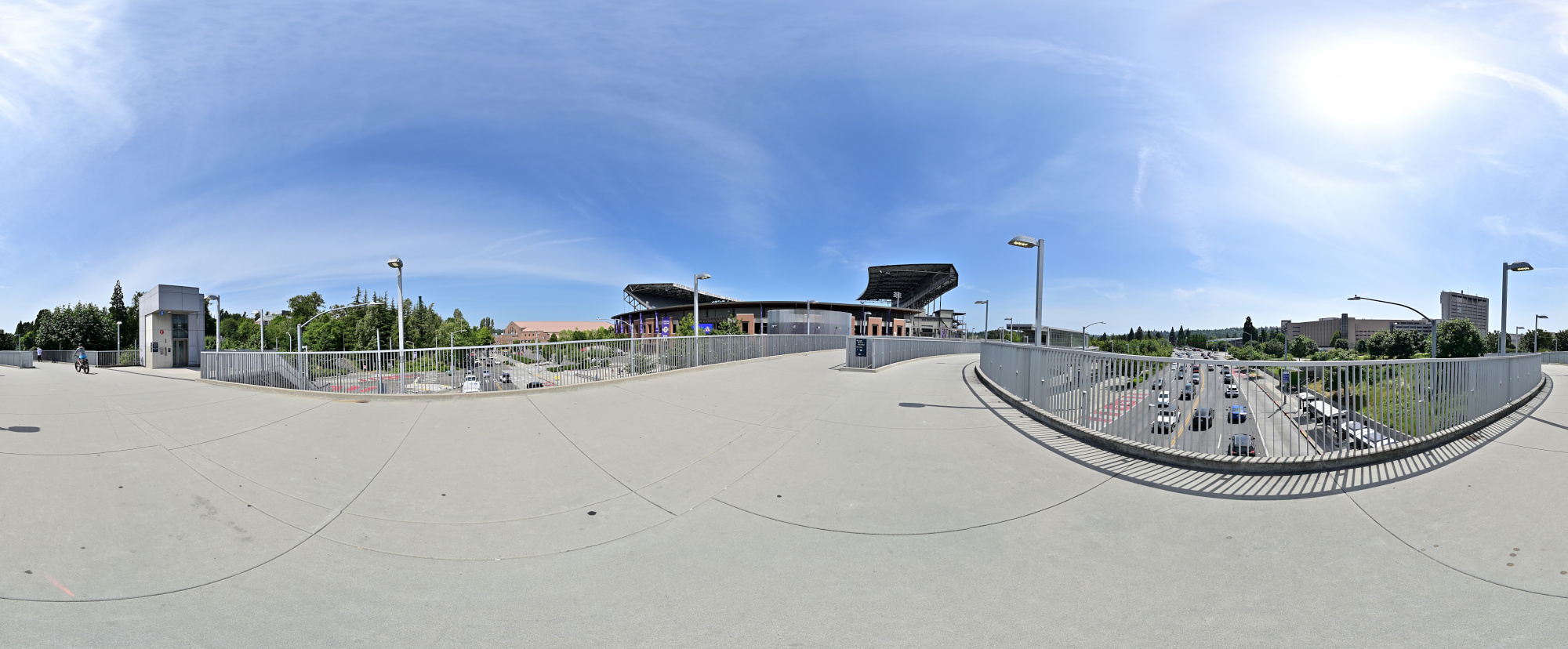
1/1000s f/5,6 ISO 100/21° f=7,5mm

UW Panorama Map1

And here, the panoramic journey ends for today
1/200s f/5,6 ISO 100/21° f=7,5mm
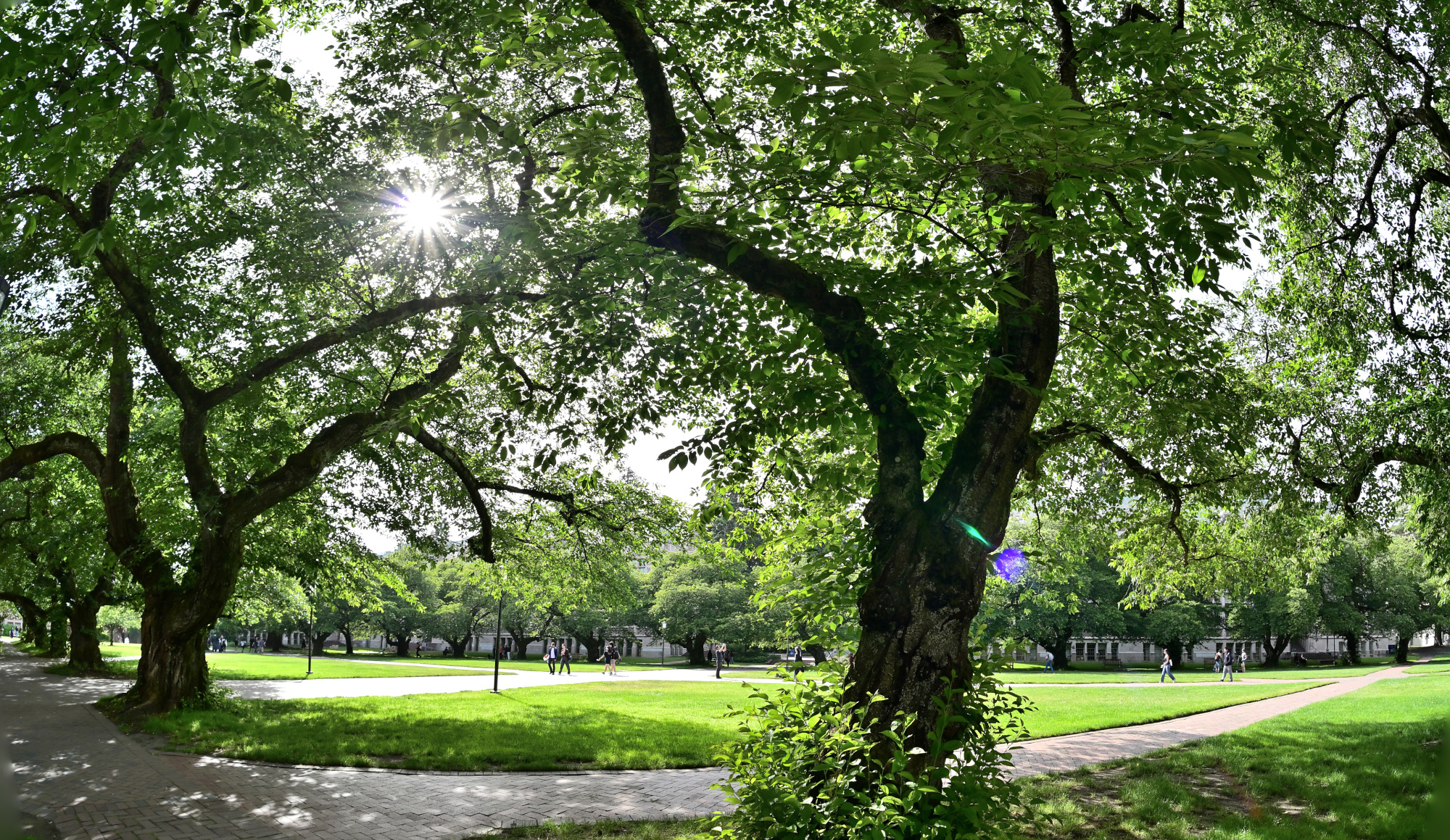
-
Frühlingsblumen 💐🪻
[ ] 🌧
[✓] 🌞1/320s f/6,3 ISO 100/21° 105mm f/2,8 VR
1/250s f/6,3 ISO 180 16-50mm f/3,5-6,3 VR f=50mm/75mm
1/1000s f/6,3 ISO 200/24° 24-70mm f/2,8 f=70mm
1/2000s f/4,5 ISO 200/24° 24-70mm f/2,8 f=44mm
1/2500s f/4,5 ISO 200/24° 24-70mm f/2,8 f=70mm
1/250s f/8 ISO 200/24° 8mm f/3,5
1/320s f/9 ISO 200/24° 8mm f/3,5
1/125s f/5,6 ISO 200/24° 8mm f/3,5
1/500s f/4,5 ISO 80/20° f=25mm
1/400s f/4 ISO 80/20° f=25mm
1/500s f/4,5 ISO 80/20° f=25mm
1/250s f/4 ISO 80/20° f=25mm
1/500s f/5,6 ISO 80/20° f=25mm
1/250s f/5,6 ISO 110 105mm f/2,8 VR
orange mask #D97B2B, RGB(217,123,43) -
Selling Lenses 🛒
Selling lenses (and 📷) is easy. At least according to the offers from small and large camera dealers. Advertising with 'up to 70% of retail' should have the focus on 'up to'.
Here is my result: Quotes from camera sites and then selling at eBay at the average eBay price.
If the value is 0, they didn't want the lens.Lens B&H Glazer's Kenmore MBP eBay Nikon AI-S 28-85 f/3.5-4.5 125 35 30 0 95 Nikon AI-S 28-85 f/3.5-4.5 125 35 30 0 95 Nikon 35-105mm f/3.5-4.5 AI-S 25 15 15 28 145 Nikon AI-S 70-210mm f/4.5-5.6 30 15 10 0 95 Nikon AF 105mm f/2.8 D Macro 75 72 100 118 185 Nikon 55-200mm f/4-5.6G ED VR II AF-S D 50 27 10 42 115 Nikon 55-200mm f/4-5.6G ED VR II AF-S D 50 27 10 42 115 Sigma 30mm f/1.4 DC HSM 70 52 50 72 185 Sigma 50mm f/2.8 DG Macro 75 0 30 128 165 Sigma 50-150mm f/2.8 EX DC APO HSM 0 125 115 121 385 Tokina 500mm f/8.0 Mirror Lens for Nikon 0 0 35 125 165 Ʃ 625 403 435 676 1745 Sigma 8mm f/3.5 EX DG Fisheye 140 50 125 87 Nikon AF 50mm f1.4D 75 42 65 55 The quote from Adorama required to send in the lenses, but I was told the estimate would be around 500.
B&H's is similiar price, but there is an exception for the Nikon AI-S 28-85 f/3.5-4.5. Seems like a very sought-after lens, but not for MBP.
So far, B&H pays best for those (vintage) lenses.The last two lenses I decided to keep, but I had them added to the quote to check. Would you sell for this price?
Update:
Lenses have been sold on eBay, with an approximate 15% fee deducted. The only exceptions are the two Nikon AI-S 28-85mm f/3.5-4.5, which I traded to B&H for a tax-free voucher. They are still listed for sale there2, quietly gathering digital dust.
The lens shelf now looks more intentional and less like a clearance bin.
-
Both lenses were in like-new condition and nearly indistinguishable from each other, yet they are listed with noticeably different condition ratings and prices. So much for consistency in evaluations. ↩
-
-
Backup your pictures 💾
NAS (Network Attached Storage) is a convenient solution for storing pictures, videos, and all your other files. The NAS device is typically configured as RAID-1, utilizing two disks to ensure data is mirrored in case one disk fails thereby improving resilience. It connects to your local network, providing reliable and accessible storage, but it is not a backup.
Backing up files from a NAS device is very important to ensure data integrity and availability.
Many NAS systems, such as my Synology NAS, come equipped with backup software like Hyper-Backup. Unfortunately those software is getting slower over time during a backup run for some reason.
And do not copy your files over the network to a drive attached to your computer. This process is slow and there's a risk of the connection dropping.Using PuTTY, a popular SSH client, and simple Linux commands, you can efficiently perform backups and verify them running on the NAS. Here’s a step-by-step guide.
Prerequisite
NAS devices typically feature USB ports, allowing you to connect an external hard drive of the required size directly to the NAS via USB. External drives are available in two main types: SSD (Solid State Drives) and HDD (Hard Disk Drives with spinning disks). I'm using HDD because of their long-term data retention capabilities, but SSDs are faster and maybe perfect for frequent short term backups. The drive connects to the system with a path like /volumeUSB1/usbshare1-2. Simply check with the
cdanddircommand.Step 1: Connect to your NAS using PuTTY
Download and Install PuTTY.
Open PuTTY and enter the IP address of your NAS in the "Host Name (or IP address)" field. Default Port is 22.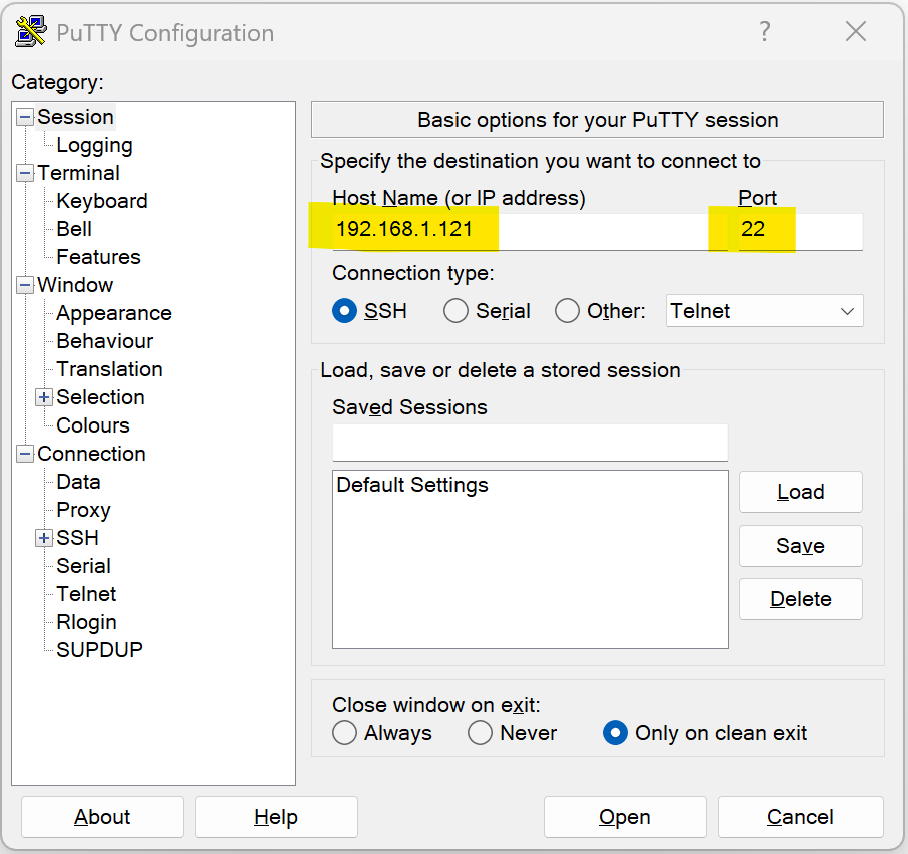
Login: Click "Open" and log in using your NAS credentials. You should now have access to the NAS embedded Linux console.

Step 2: Backup Files using the
cpcommandThe
cpcommand of the embedded Linux system of the NAS is used to copy files and directories.
To backup files from your NAS to another drive, follow these steps:Navigate to the Source Directory:
cd /volume1For large data sets, the copy process can take several days, and the PuTTY terminal may disconnect, closing the command. To prevent this, use the
nohupcommand to keep the process running even if the terminal disconnects.
While commands likescreenortmuxcan be used to detach from the current terminal session, they are not always available on every system. At least, it is not available on the Synology NAS.Copy Files to the Backup Location using
cpcommand withnohup:nohup cp -r . /volumeUSB1/usbshare1-2/backup > /dev/null 2>&1 &If you only want to back up specific folders, list those folders in the
cpcommand instead of using the dot (.), which copies everything. Enclose folder names that contain spaces in quotes.nohup cp -r pictures1 pictures2 "some foldername with space" /volumeUSB1/usbshare1-2/backup > /dev/null 2>&1 &The
nohupcommand immediately returns and provides a process ID (PID). You can use thepsorhtopcommand to check for this PID if it is still running in later sessions. Use thekillcommand with this PID to stop the backup.Step 3: Verify the Backup using the
diffcommandTo ensure that the backup is identical to the original files, you can use the
diffcommand to compare the contents of the source and backup directories.diff -qr /volume1 /volumeUSB1/usbshare1-2/backupIf the directories are identical,
diffwill not produce any output. If there are differences, it will list the differing files.
For large file sets, use thenohupcommand to not rely on the active terminal session. Any output will be written to the redirected file (for example /var/services/tmp/diff.txt) and can be checked later.nohup diff -qr /volume1 /volumeUSB1/usbshare1-2/backup > /var/services/tmp/diff.txt 2>&1 &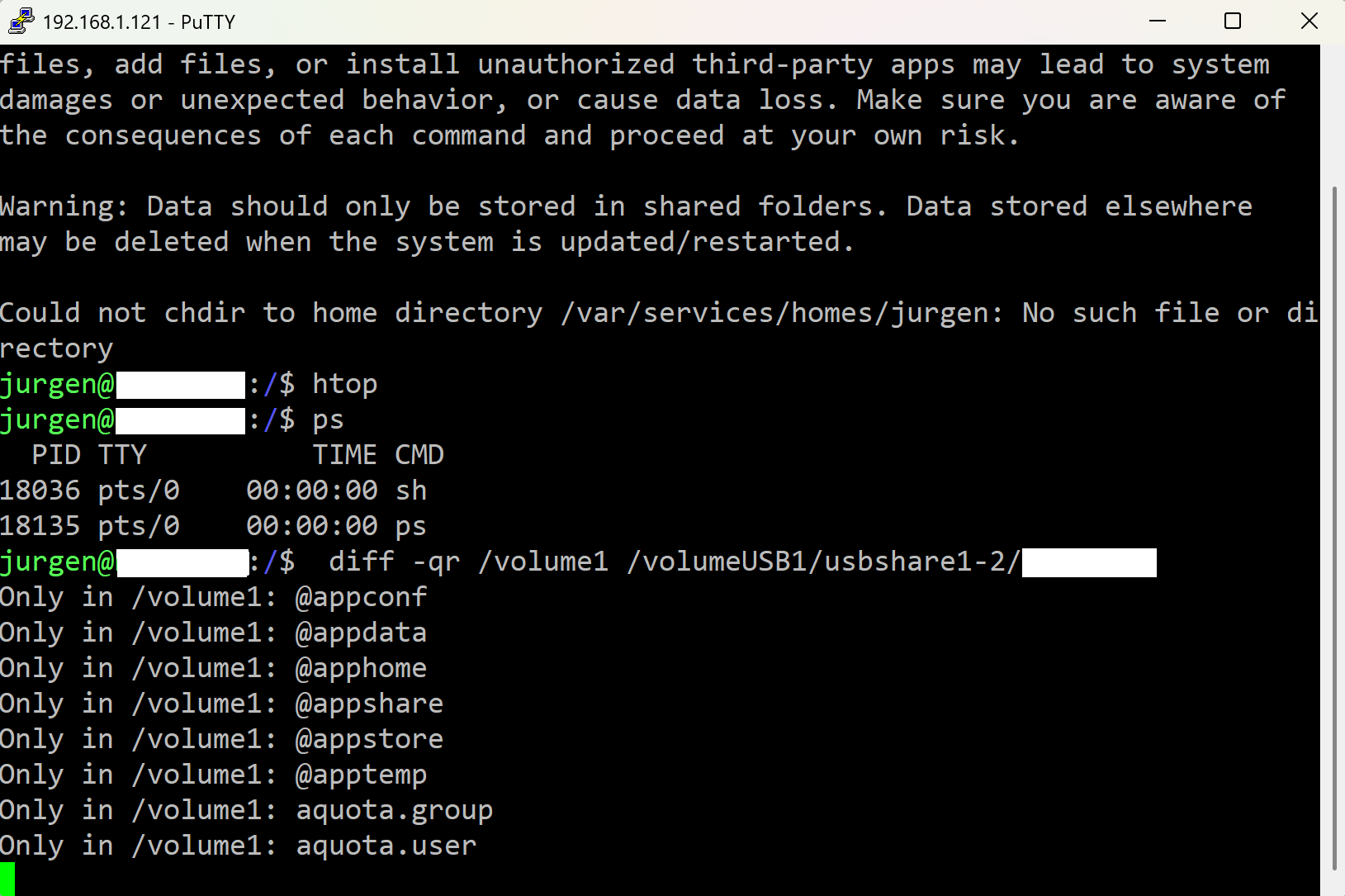
My first digital camera was a Kodak DC-260, and I used 3.5" 💾 for backup.
-
00011001 << 1 🎂
Ein besonderer Tag, und dazu was besonderes.
Zopf
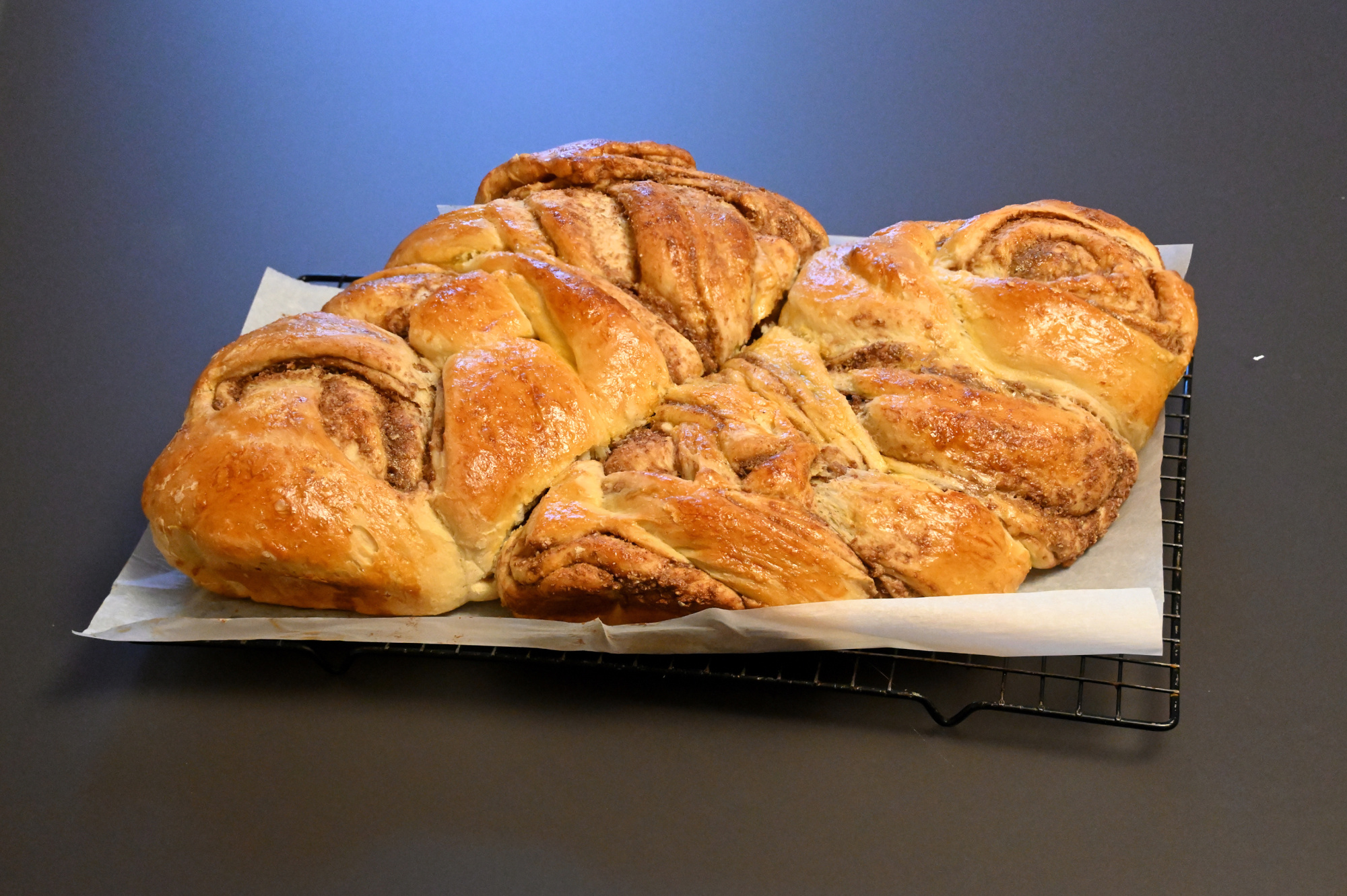
1/60s f/5 ISO 4000 16-50mm f/3,5-6,3 VR f=34mm/51mm
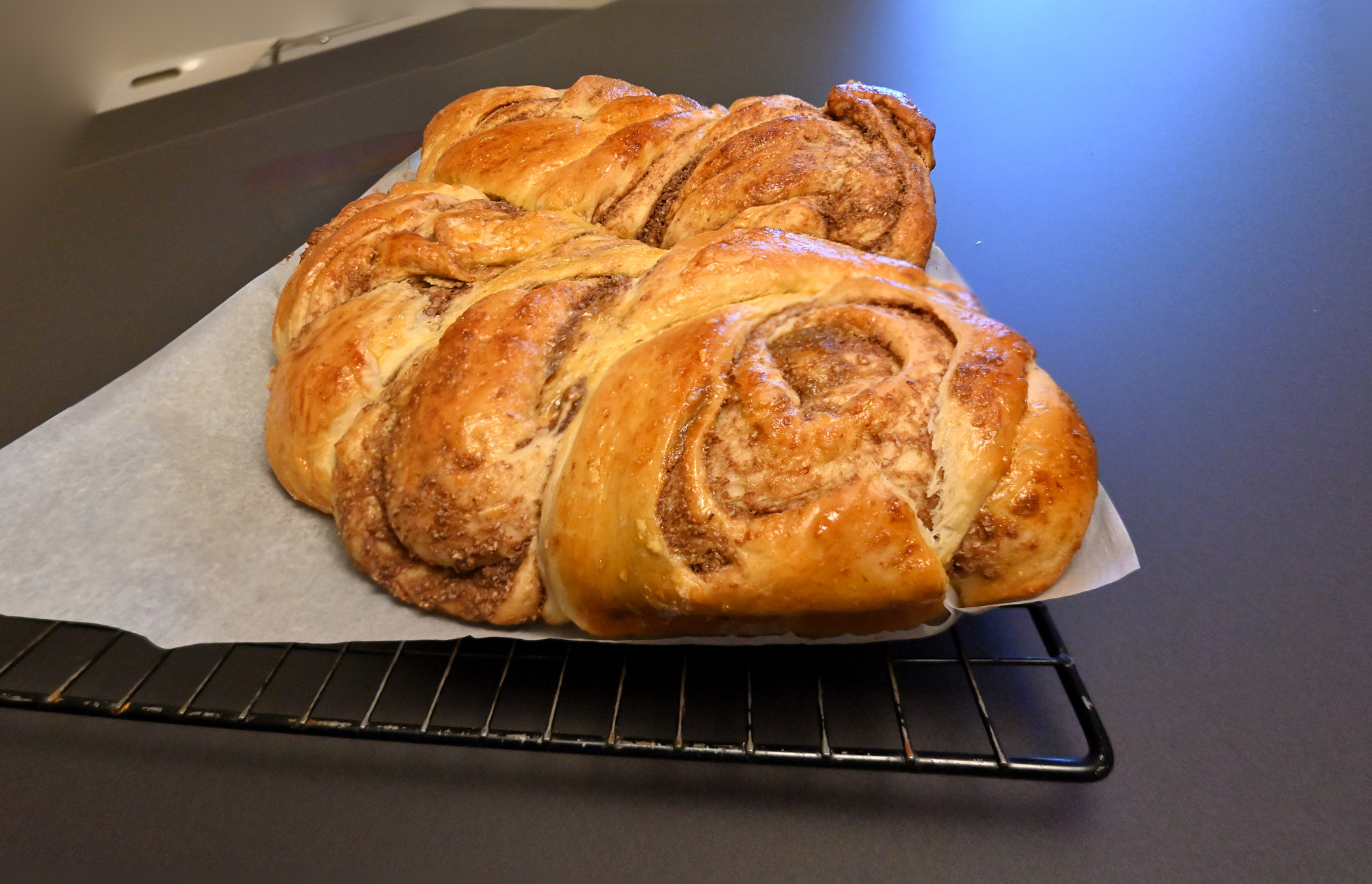
1/125s f/3,5 ISO 3200/36° 16-50mm f/3,5-6,3 VR f=16mm/24mm
Lagoon
Ohne Fokus-Stacking
1/80s f/4,8 ISO 3200/36° 16-50mm f/3,5-6,3 VR f=30mm/45mm
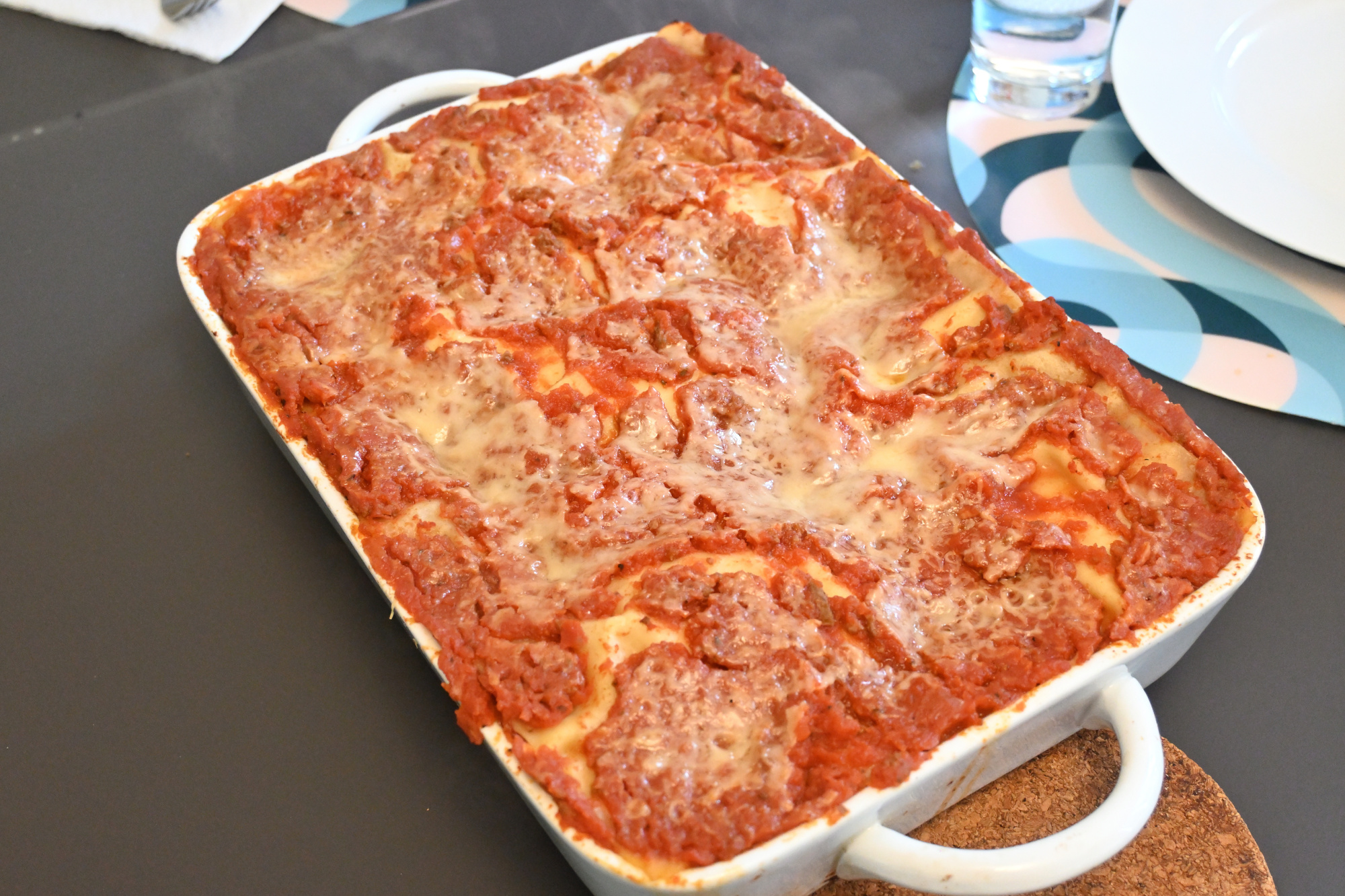
Mit Fokus-Stacking

1/80s f/4,5 ISO 3200/36° 16-50mm f/3,5-6,3 VR f=26mm/39mm
Siehe Combine pictures with PTGui, Focus stacking
Schokoladentorte
[1/60s f/4 ISO 100/21° 16-50mm f/3,5-6,3 VR f=21mm/31mm] [1/100s f/4,2 ISO 3200/36° 16-50mm f/3,5-6,3 VR f=25mm/37mm]